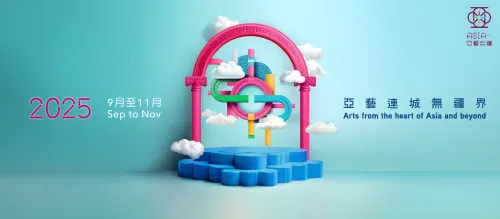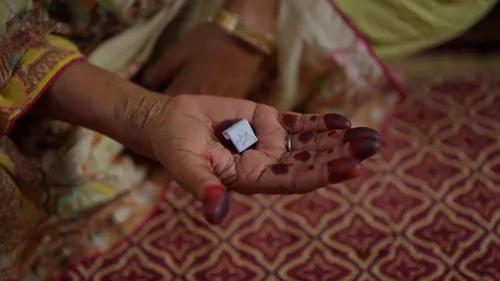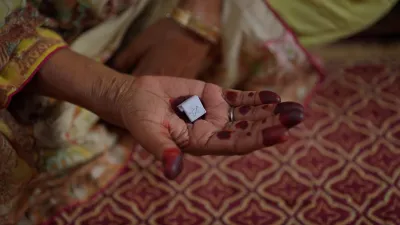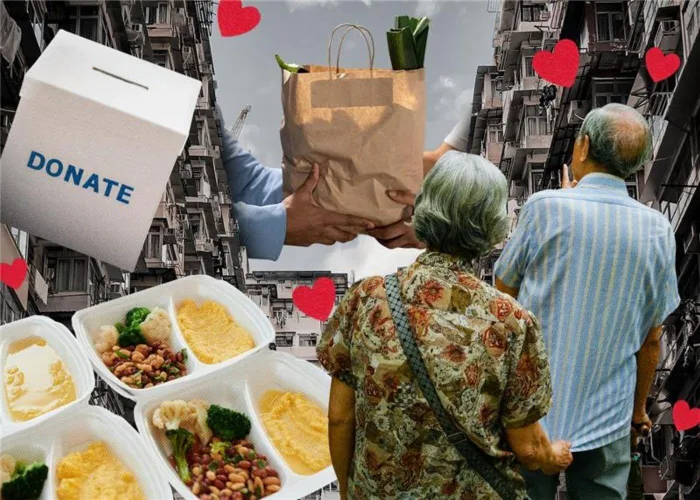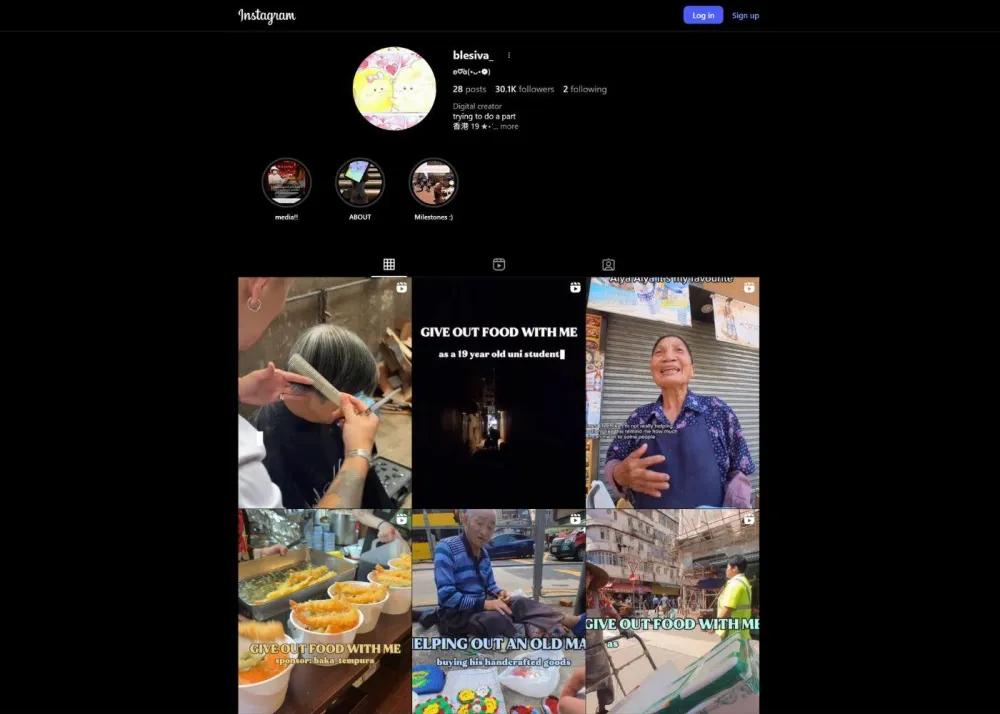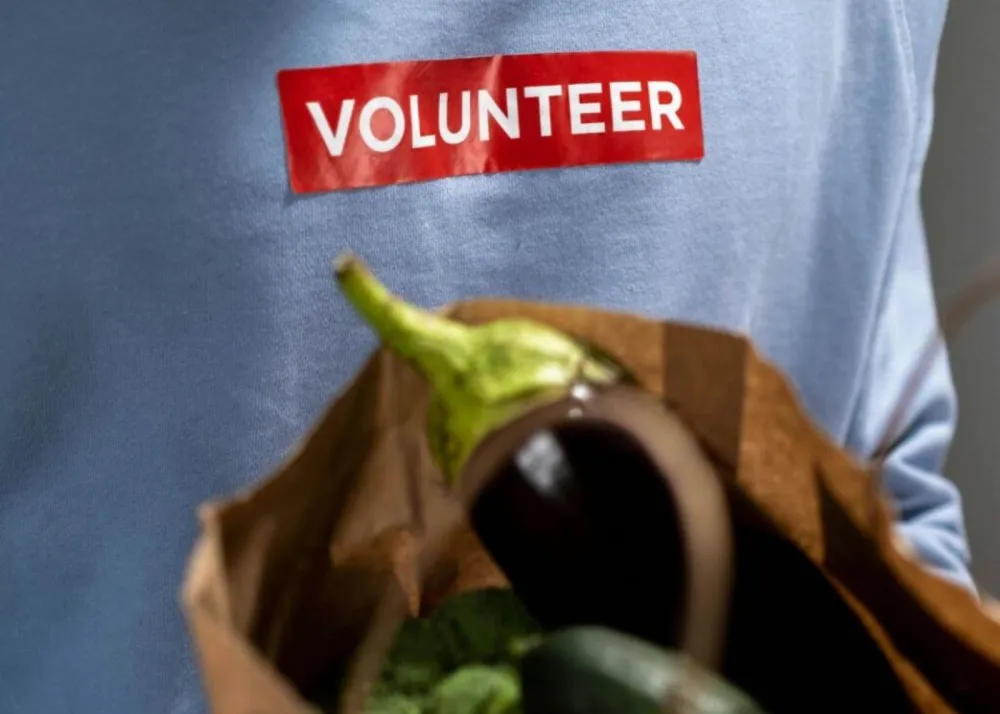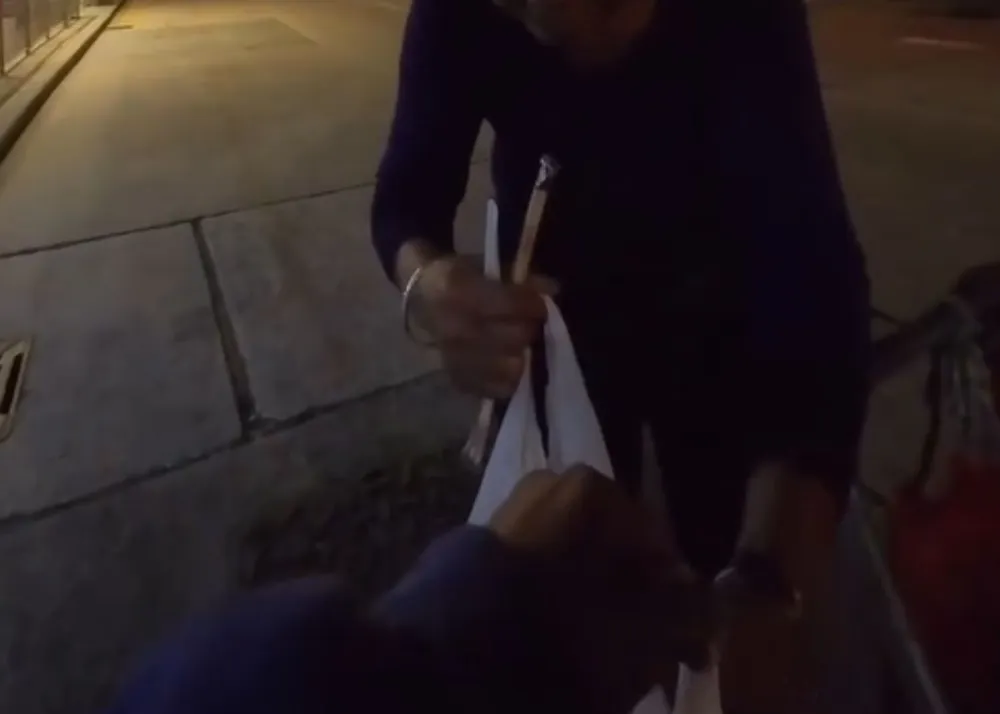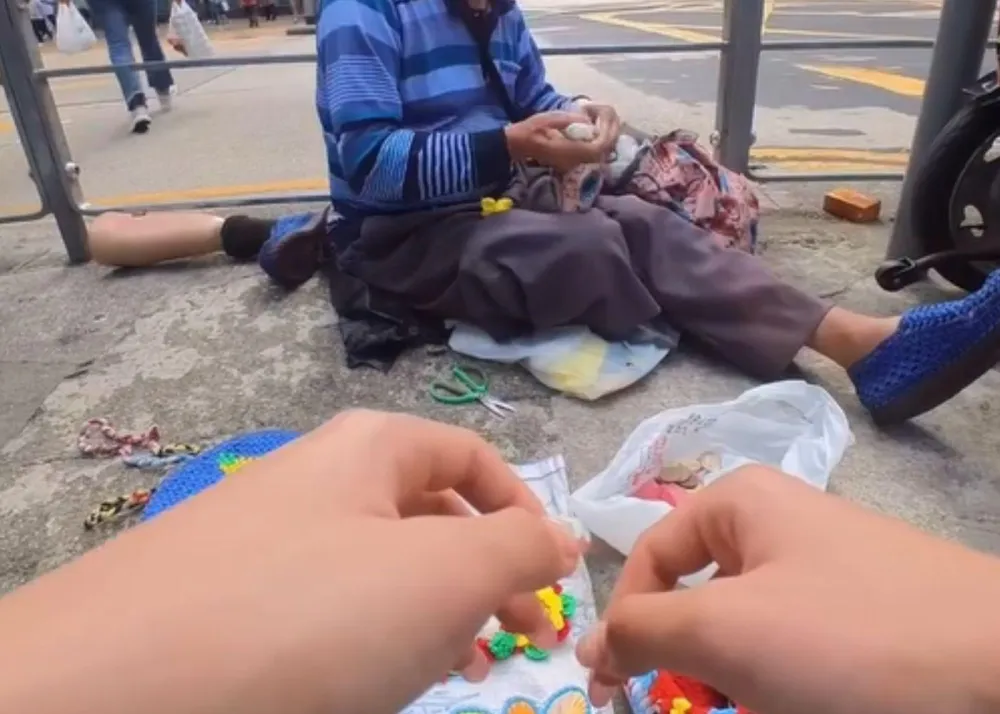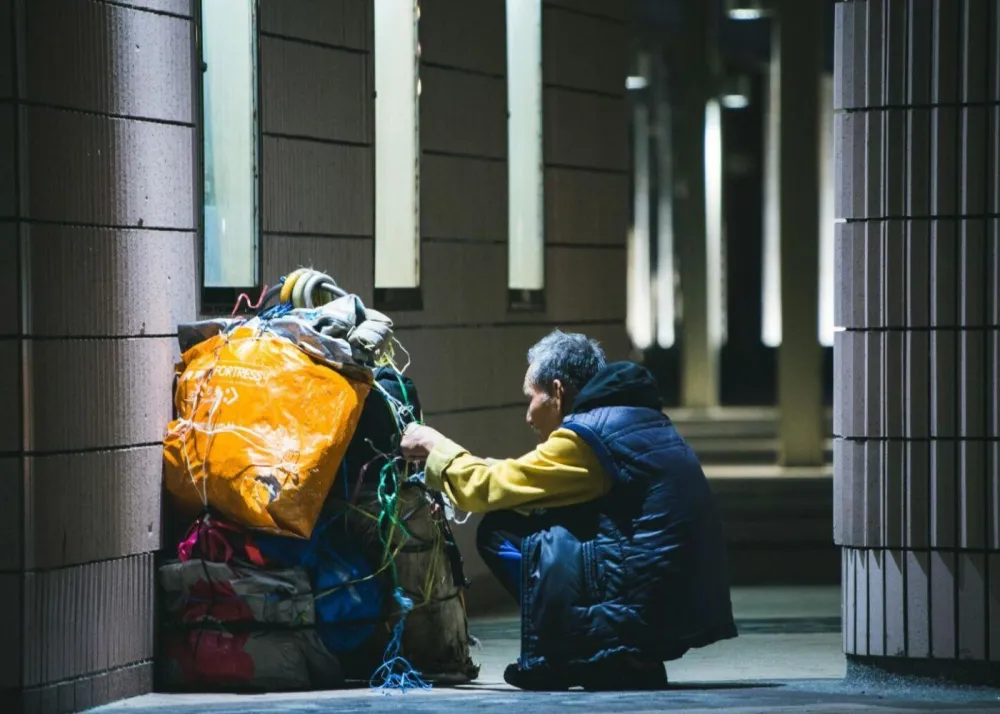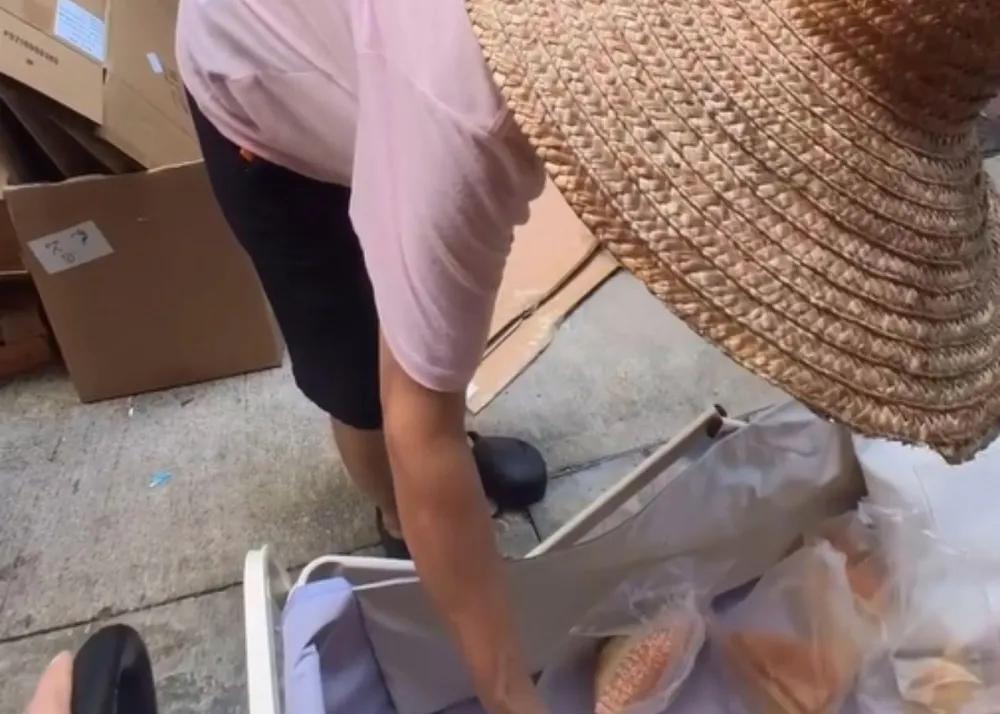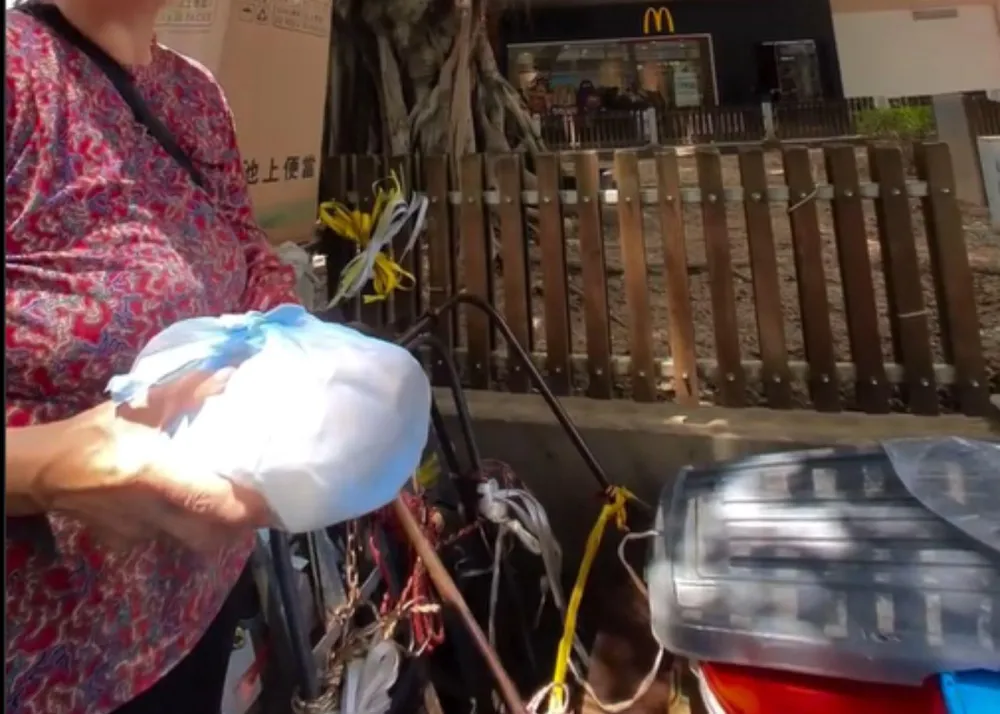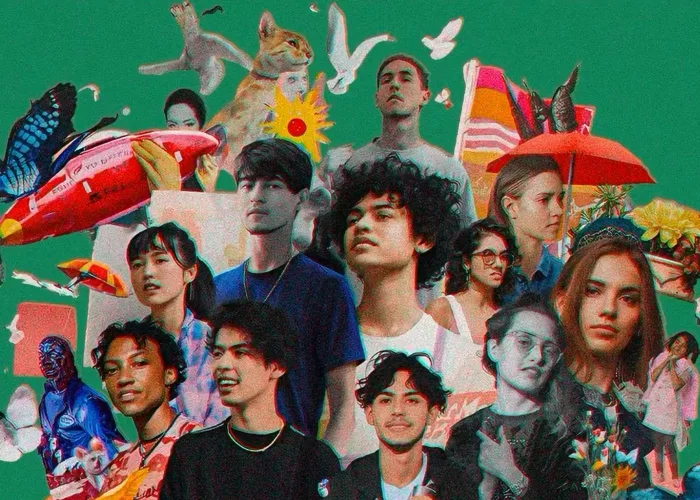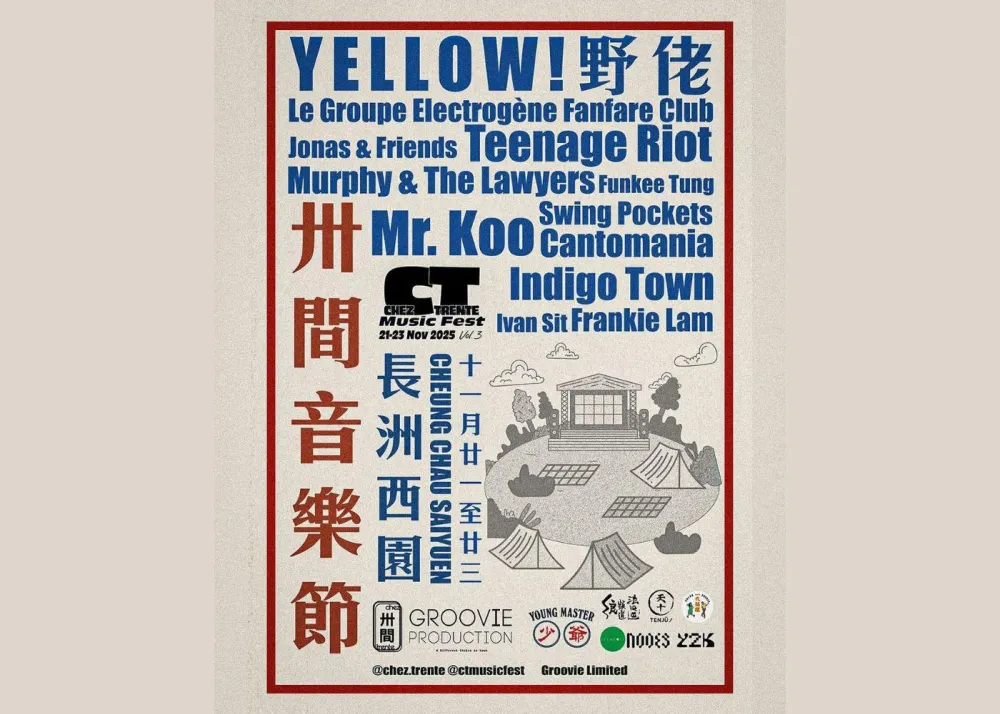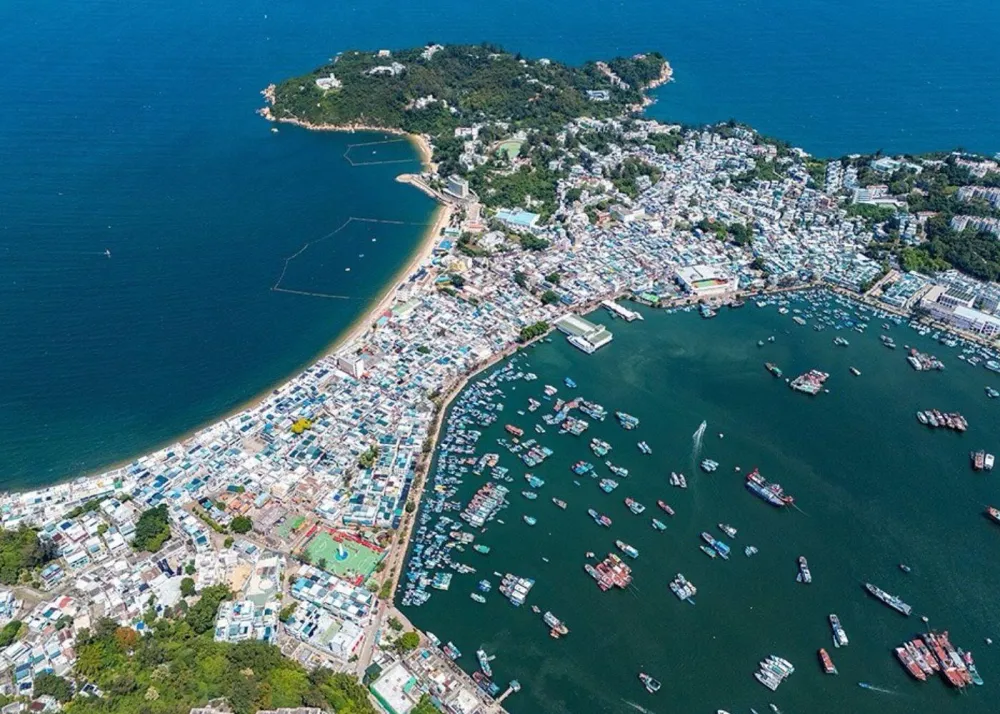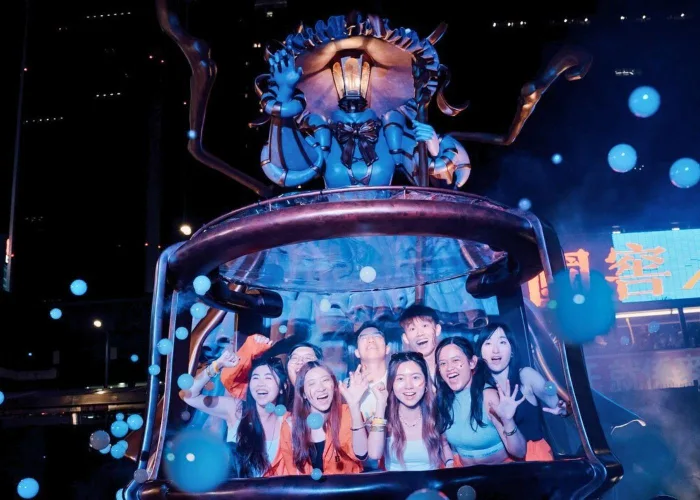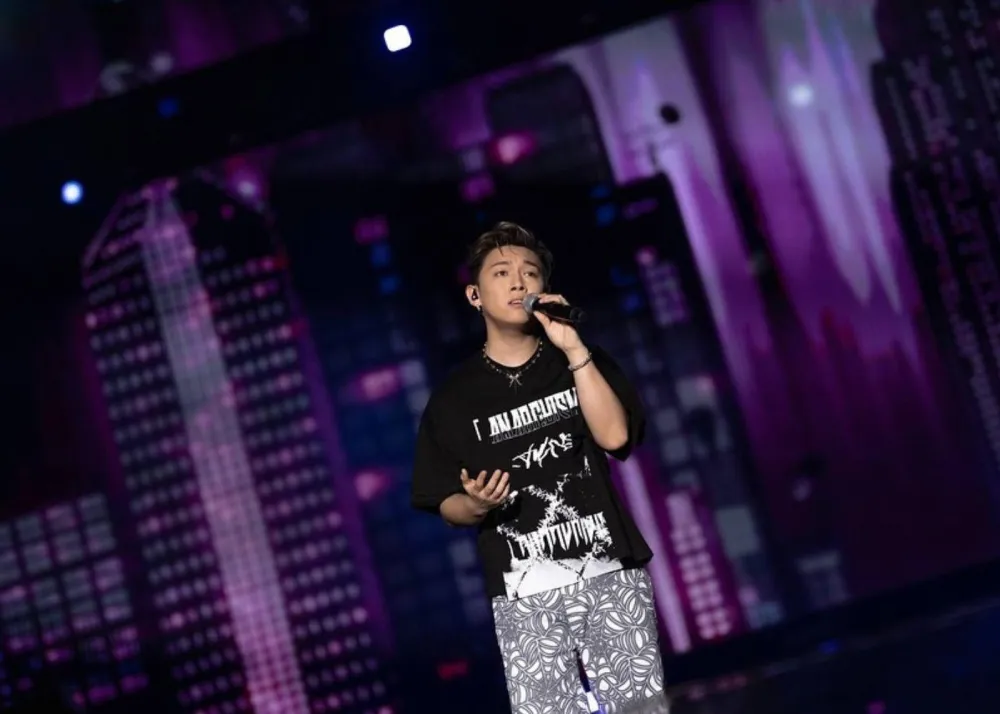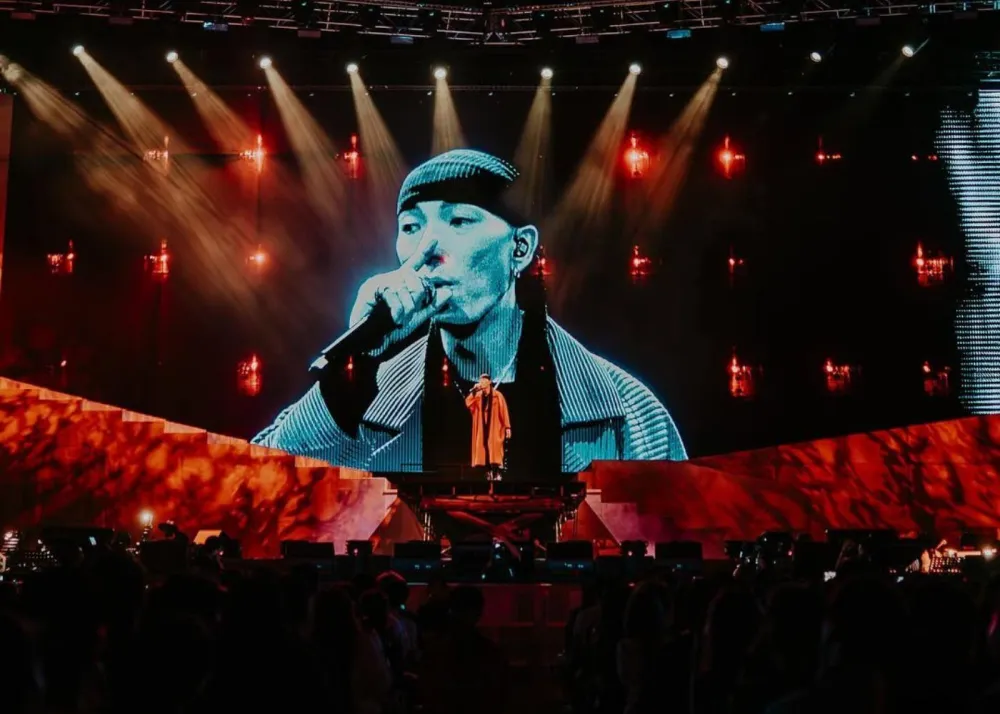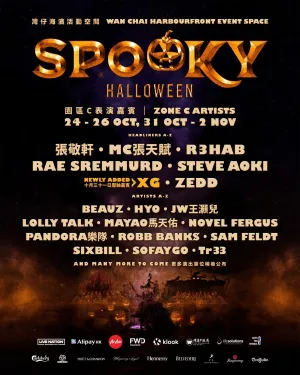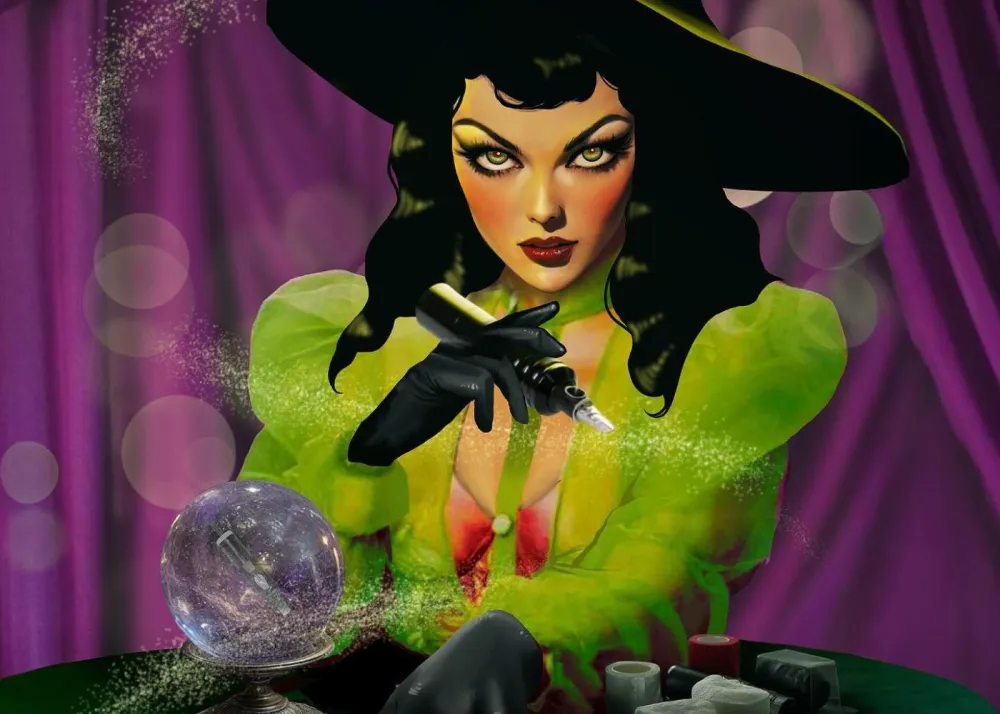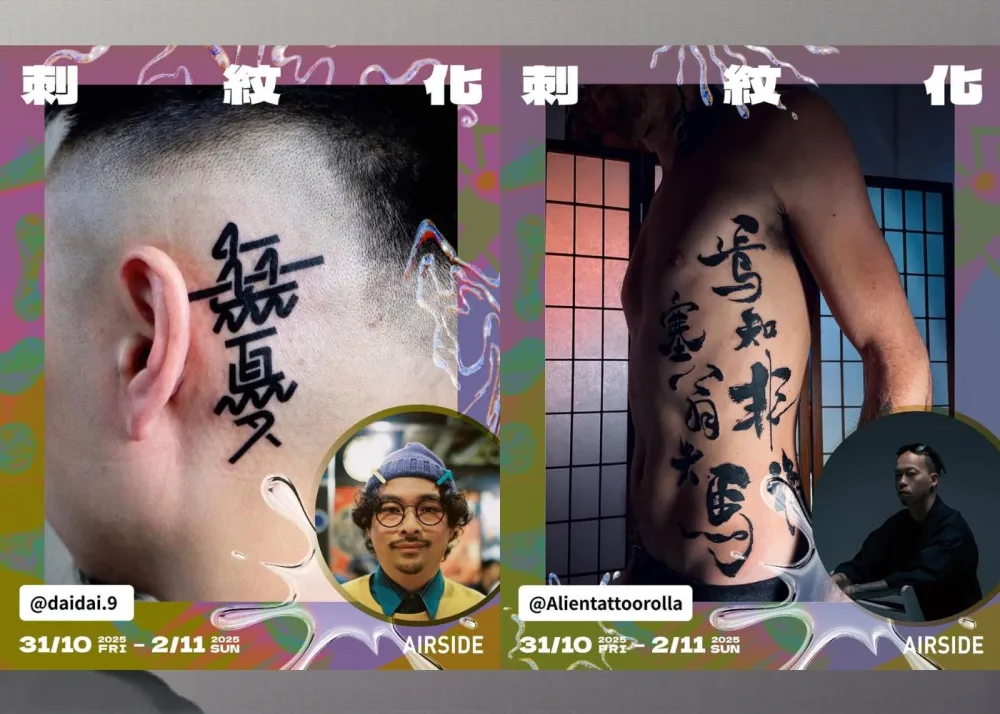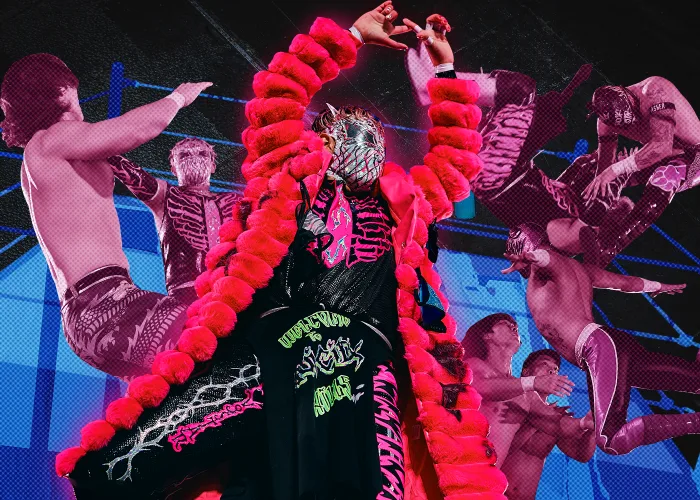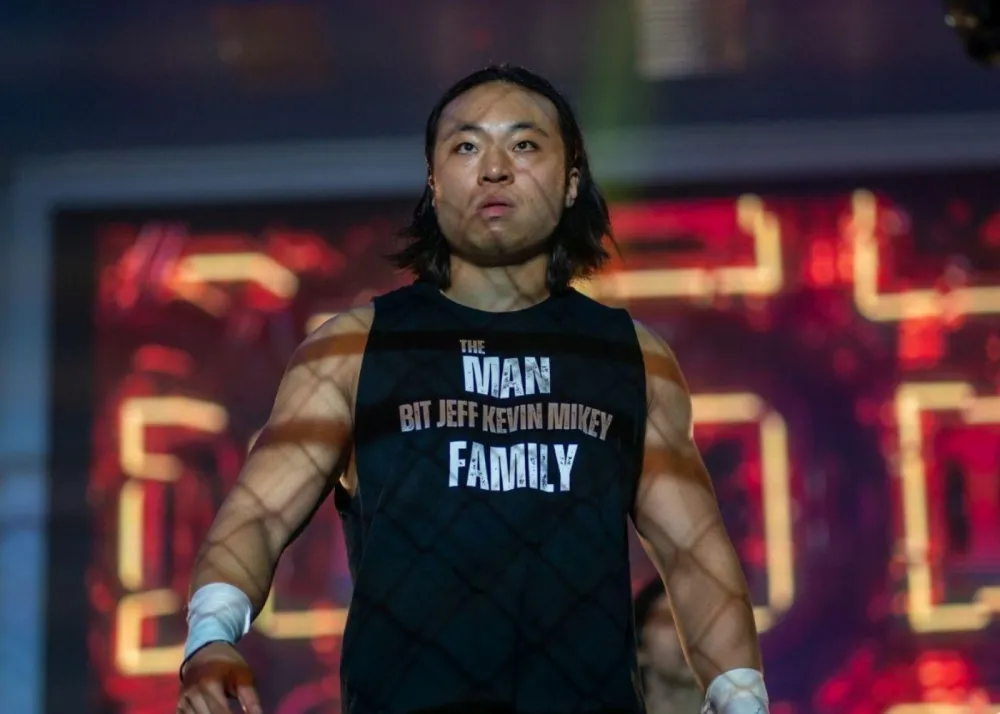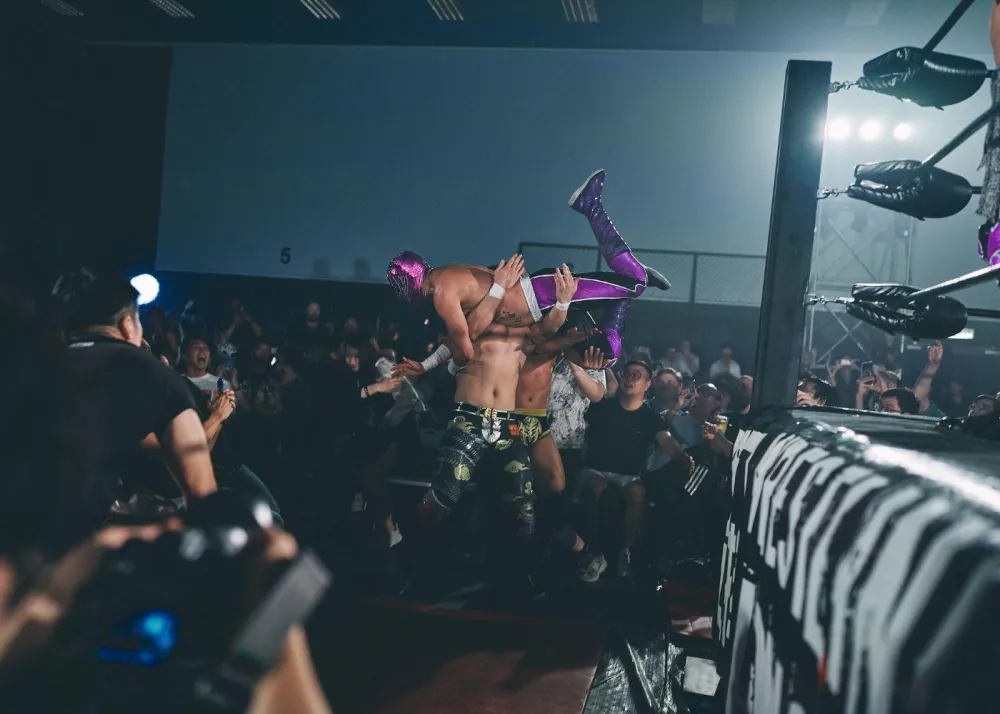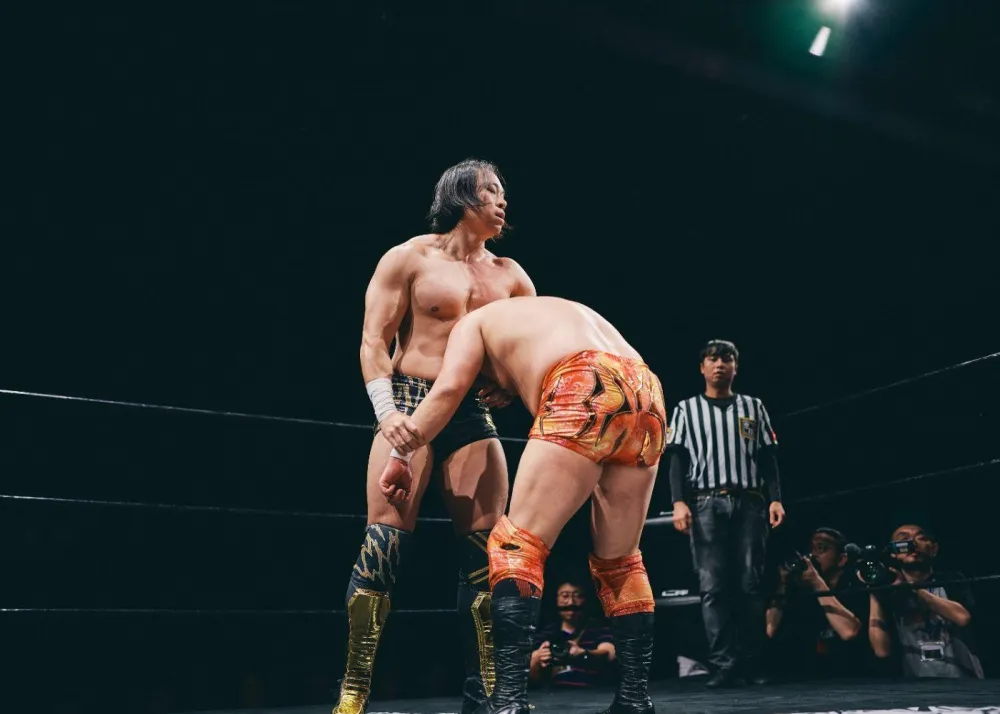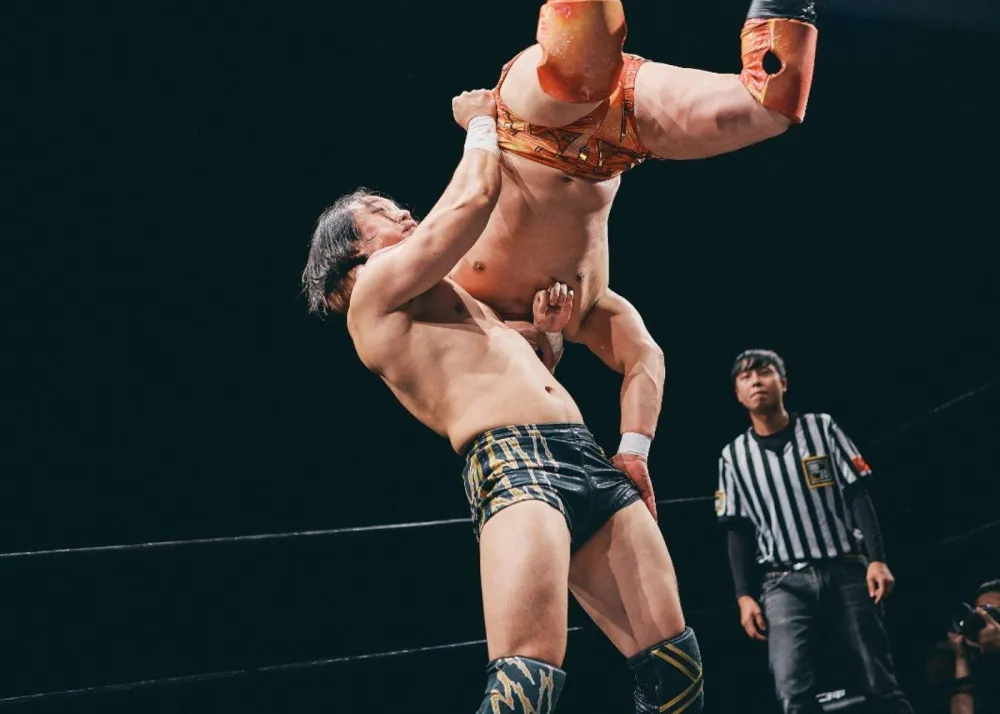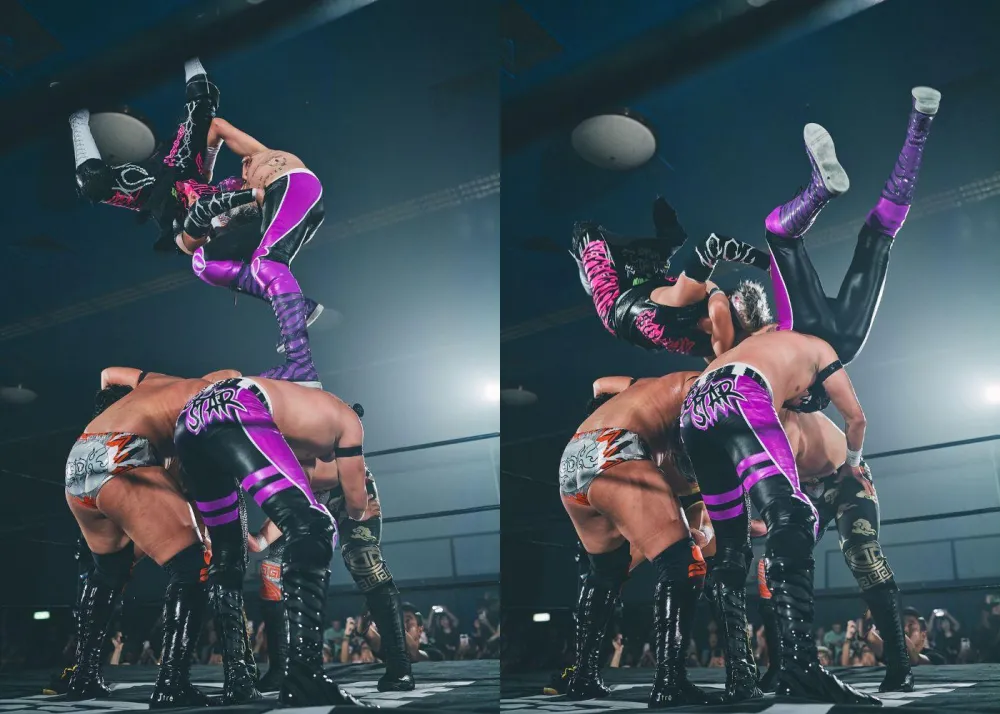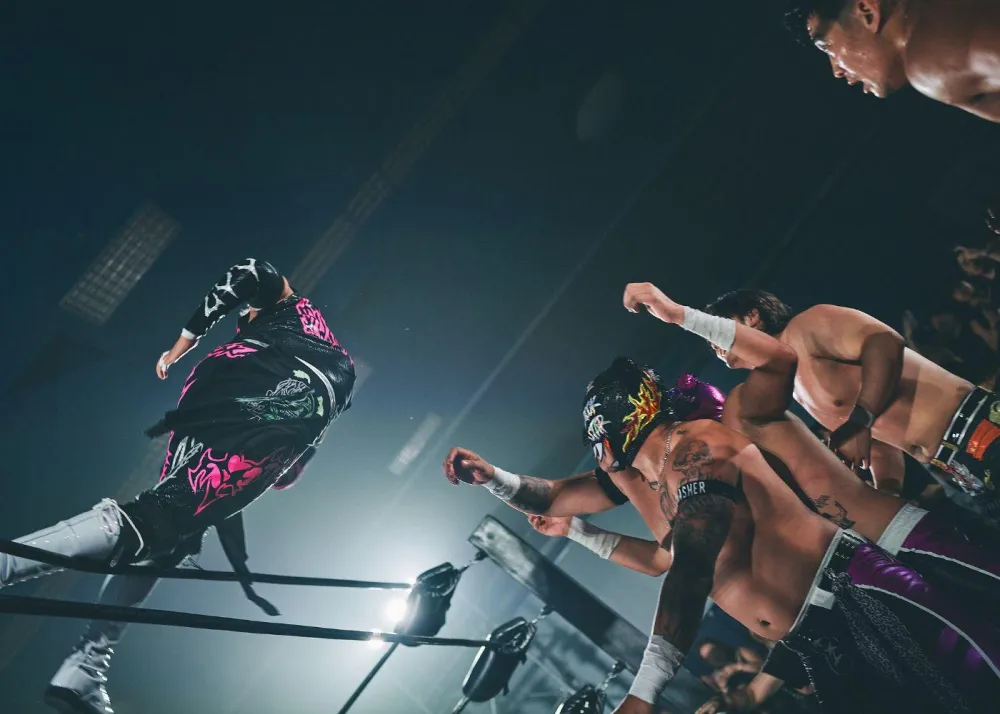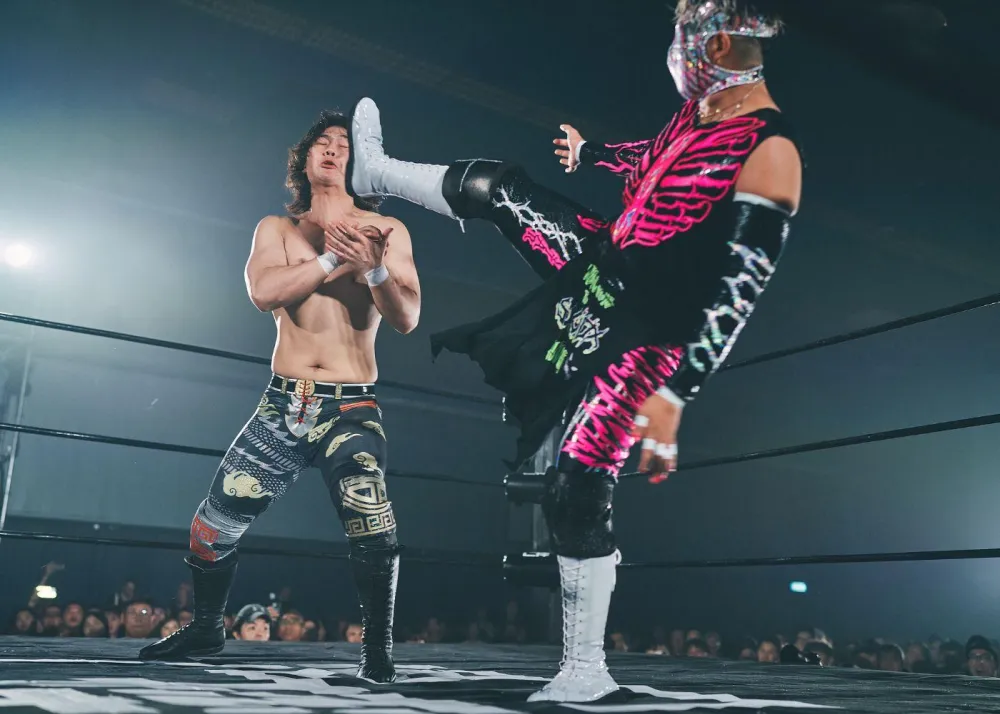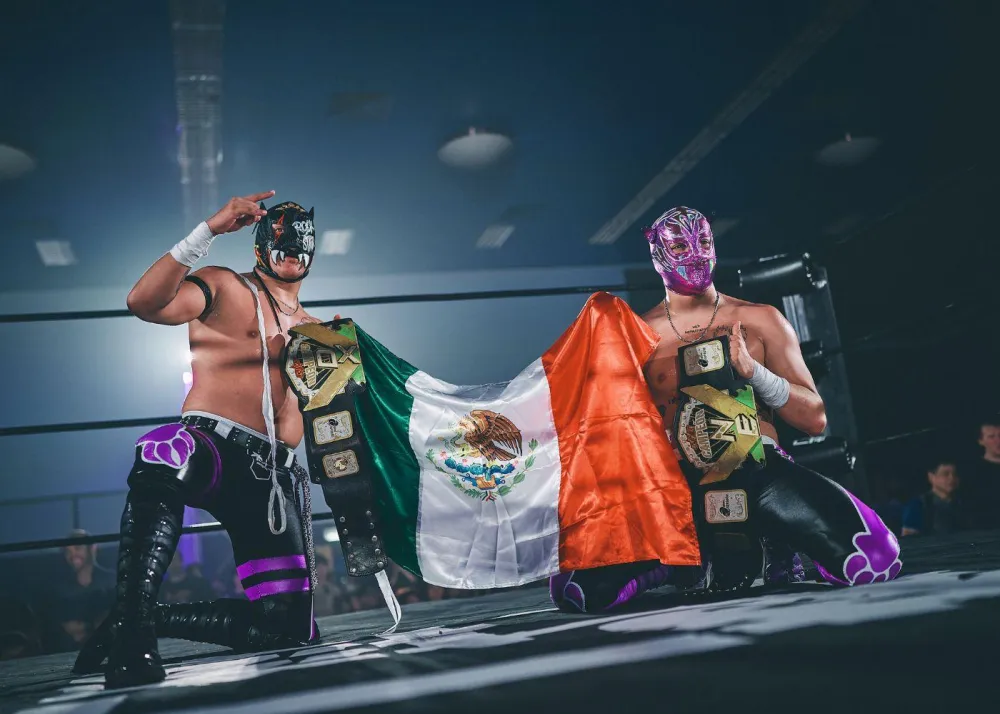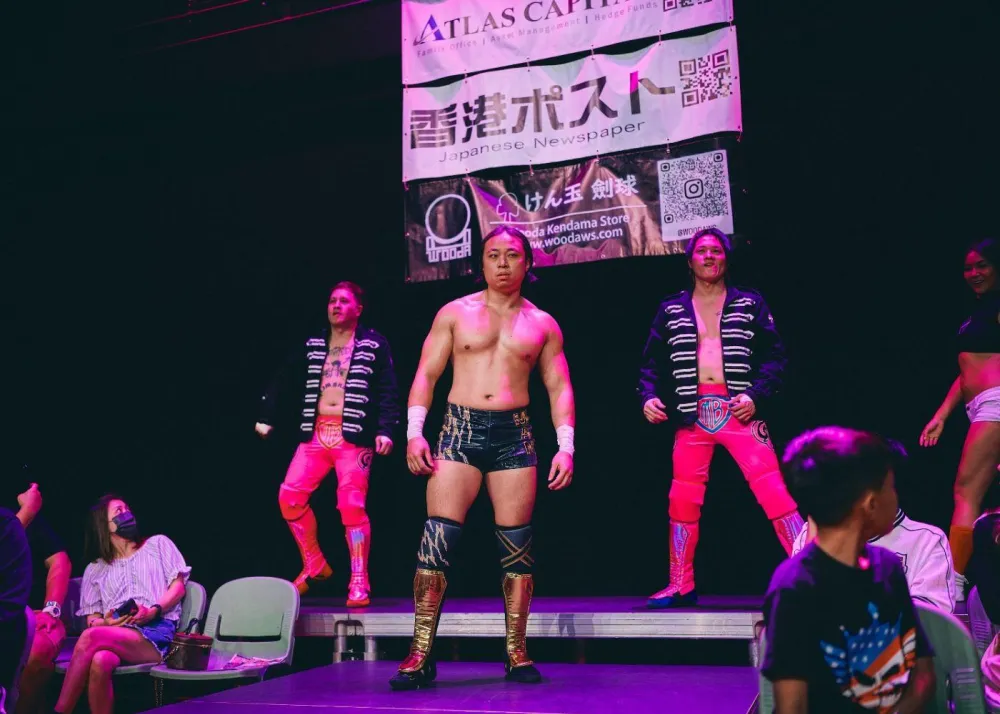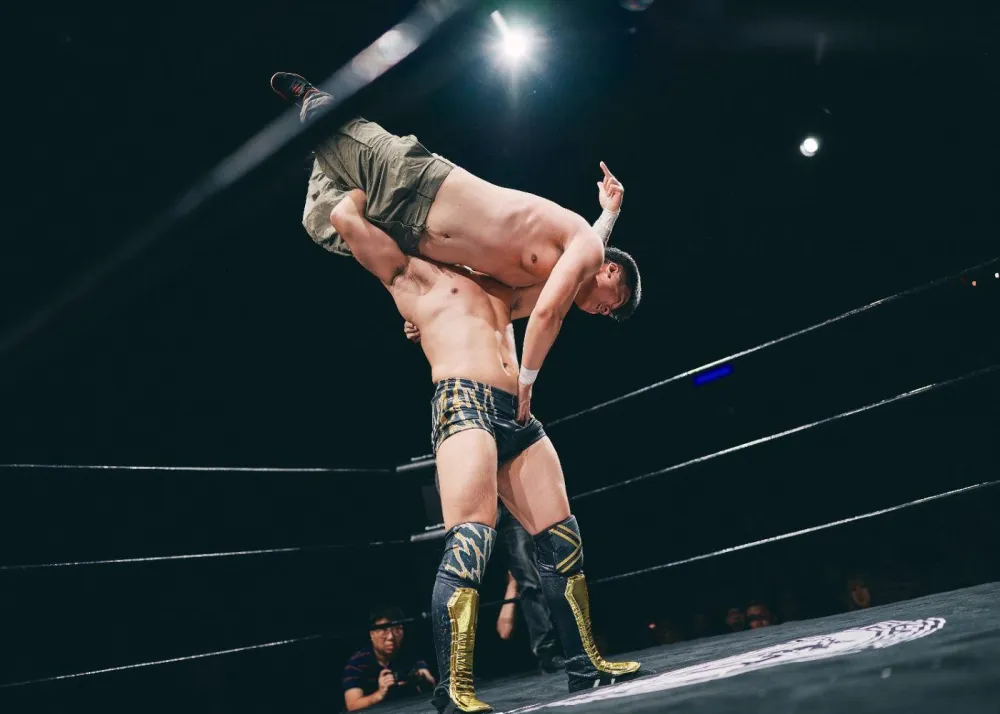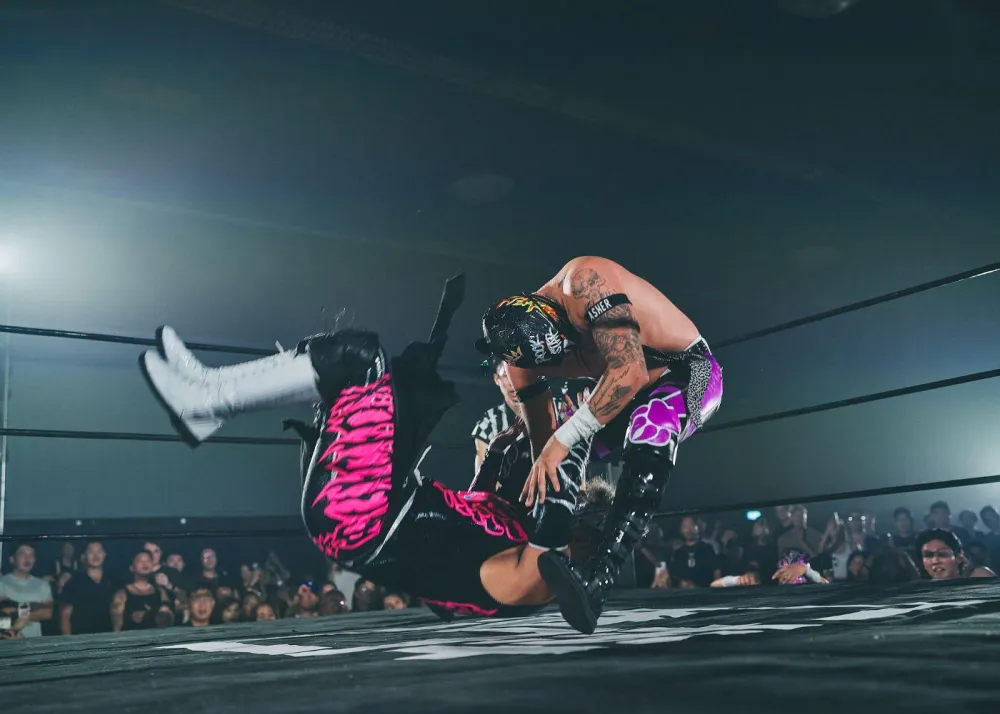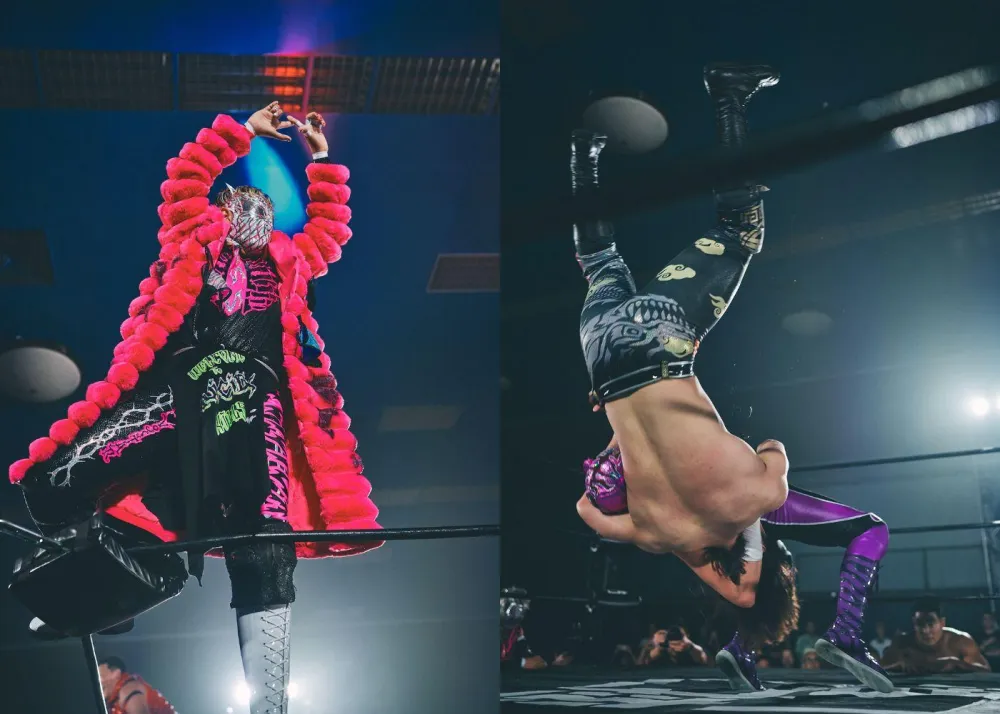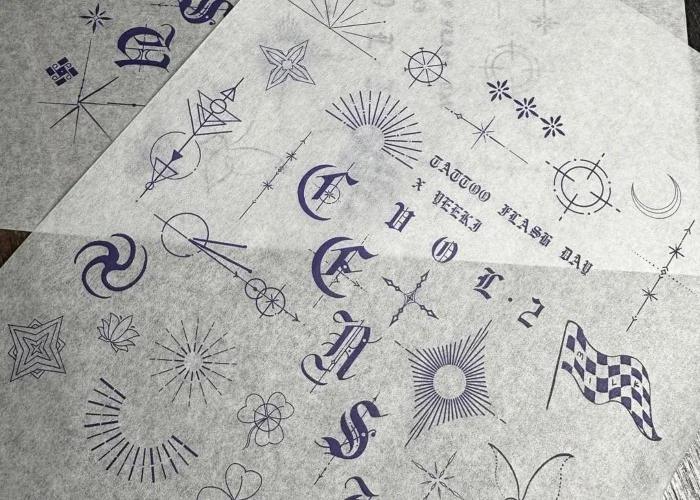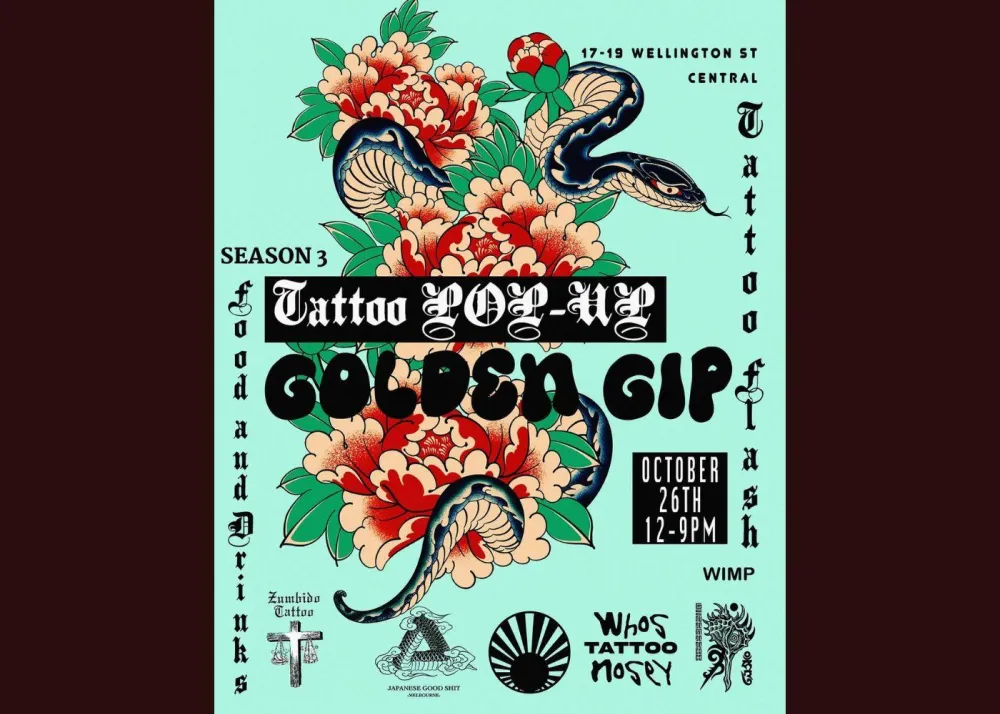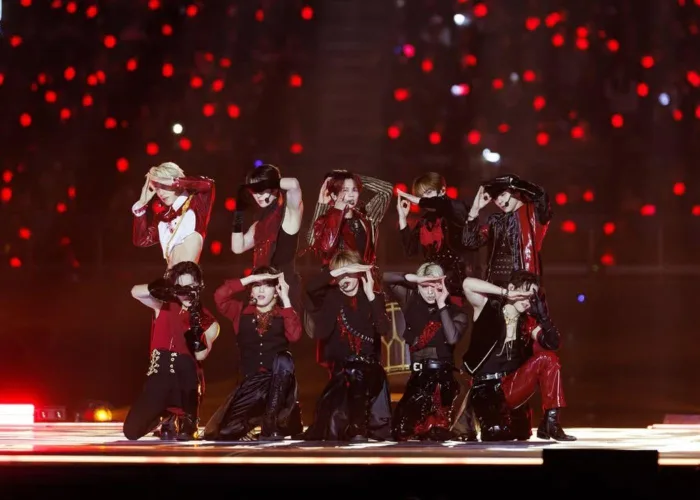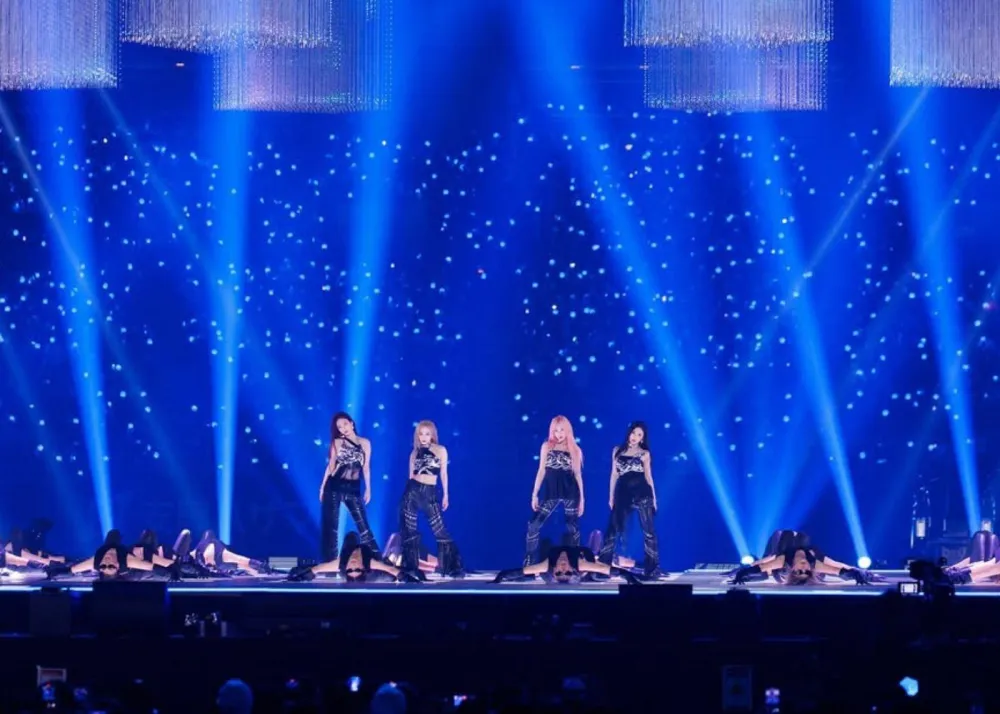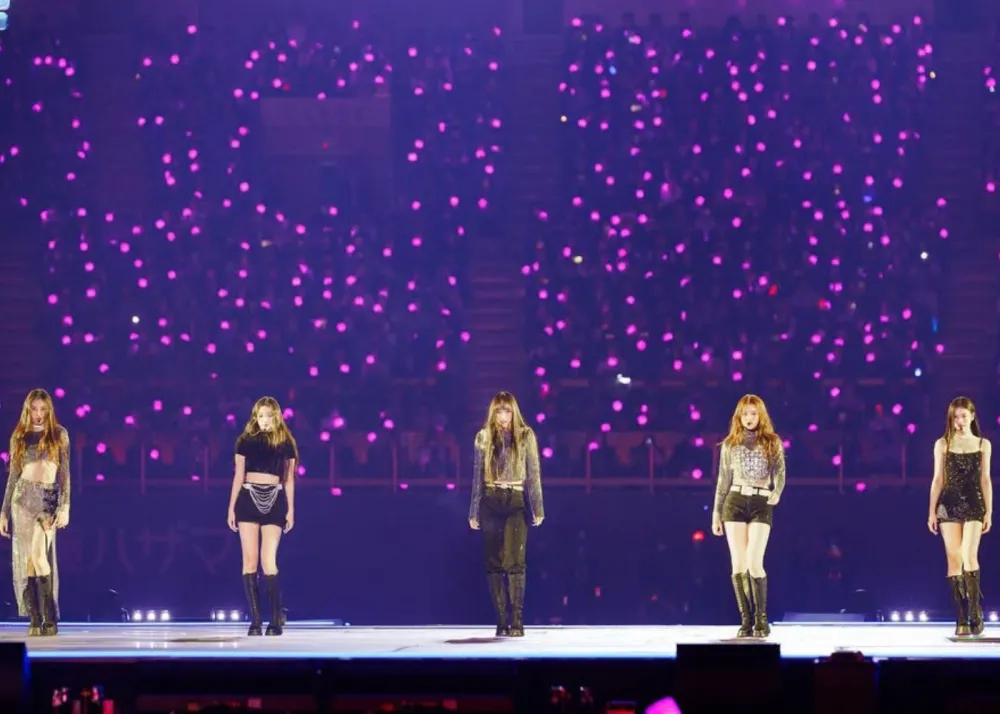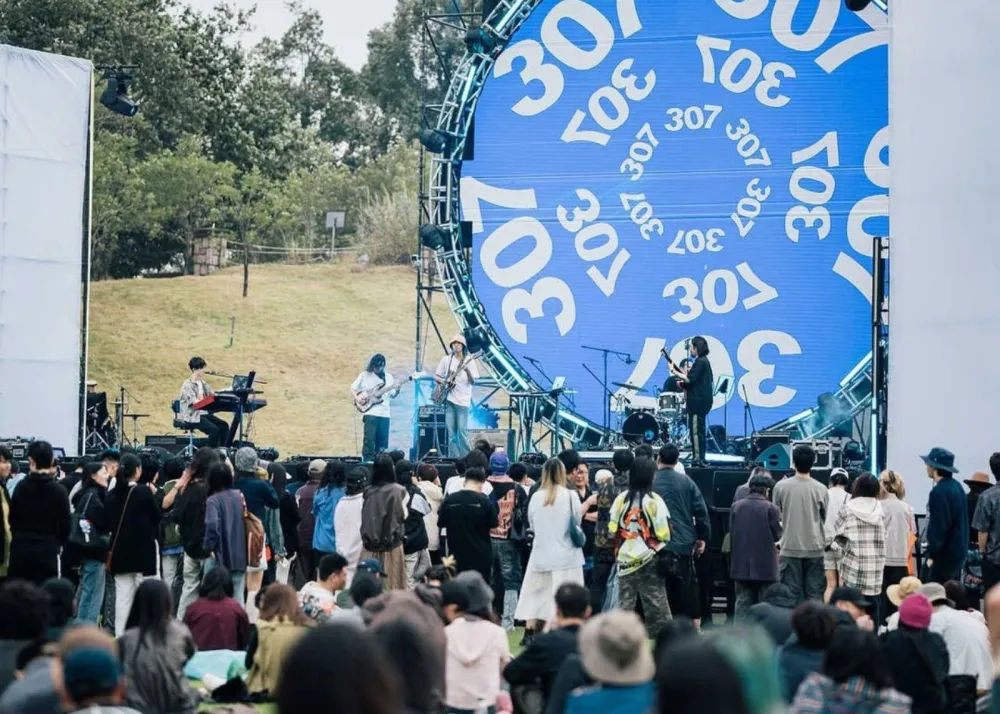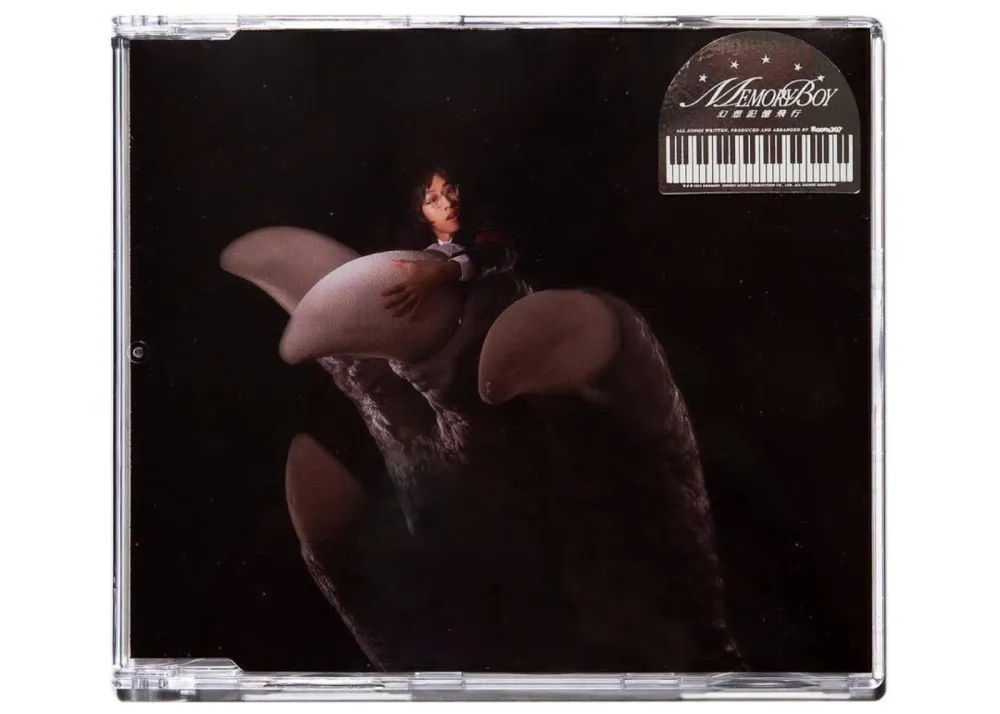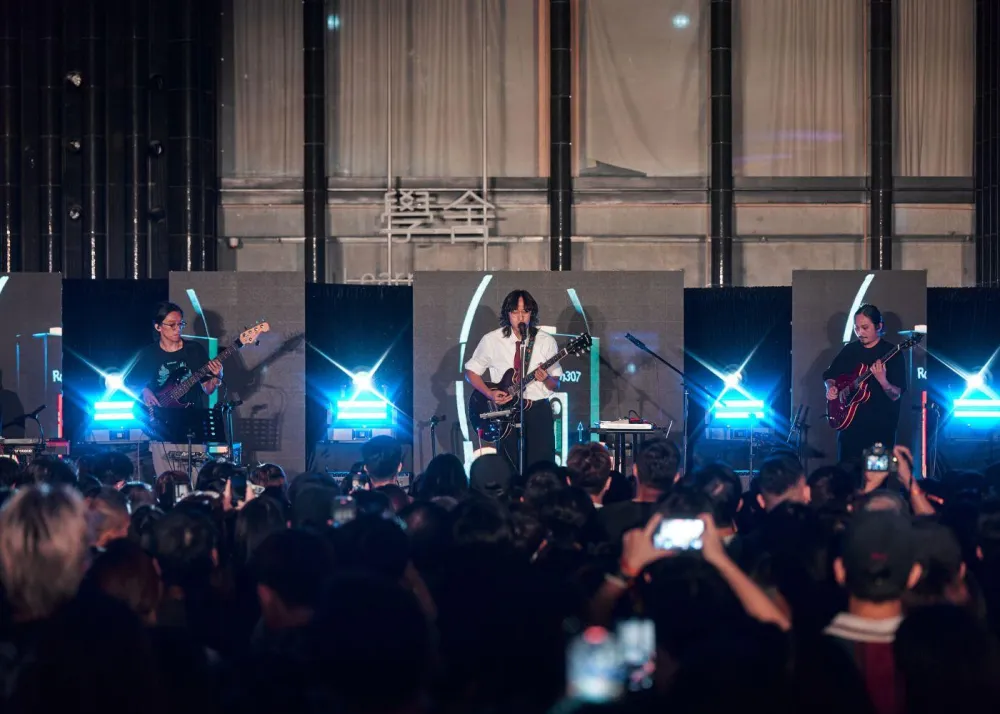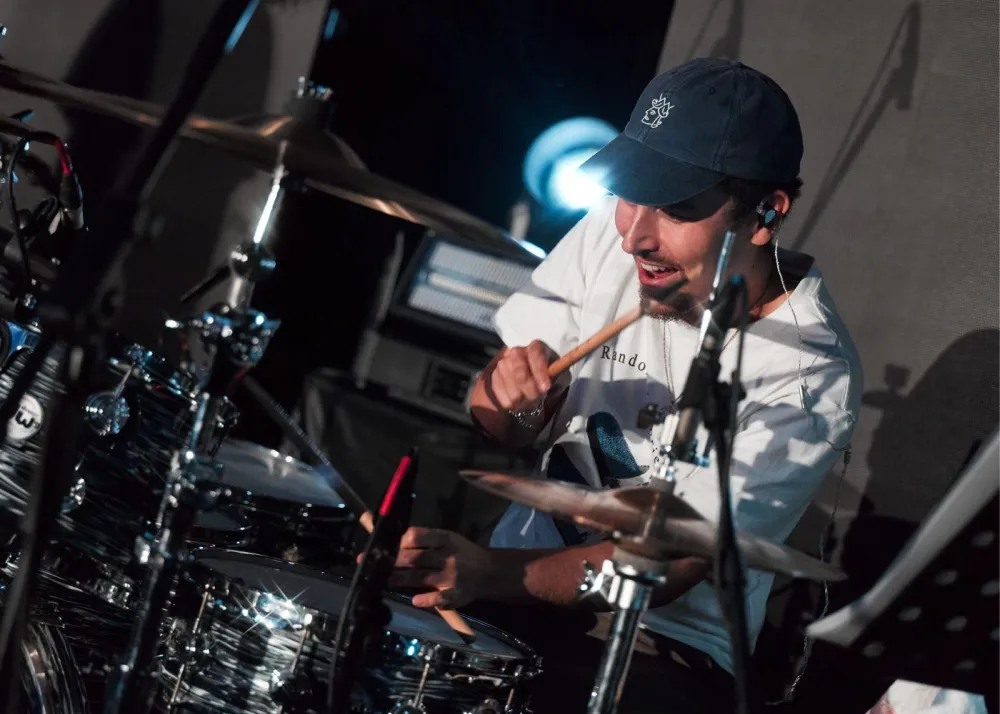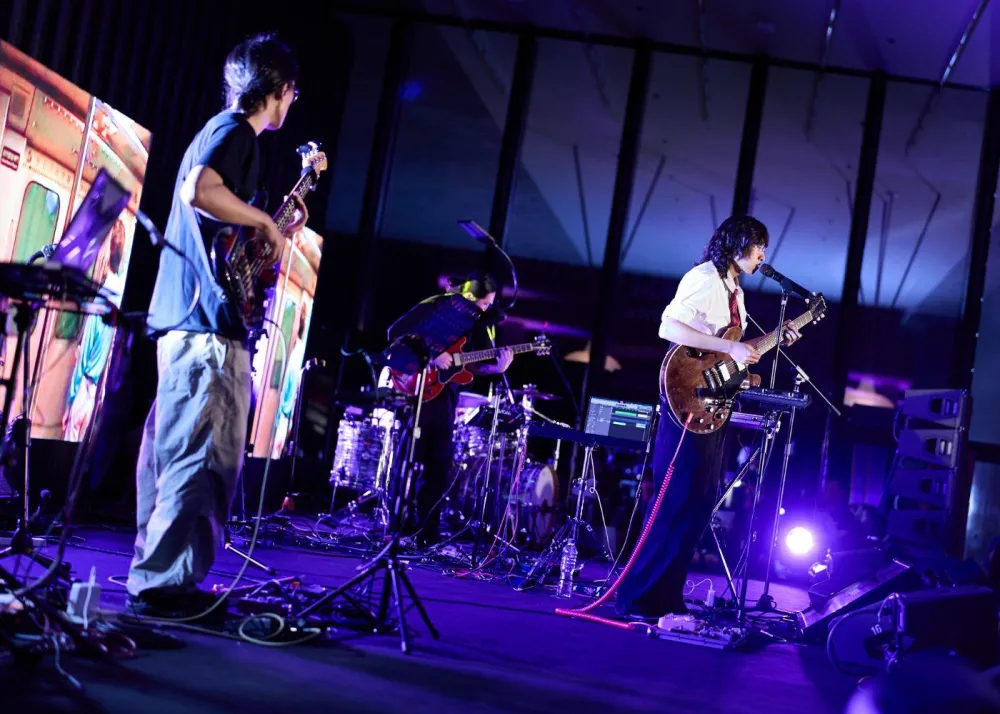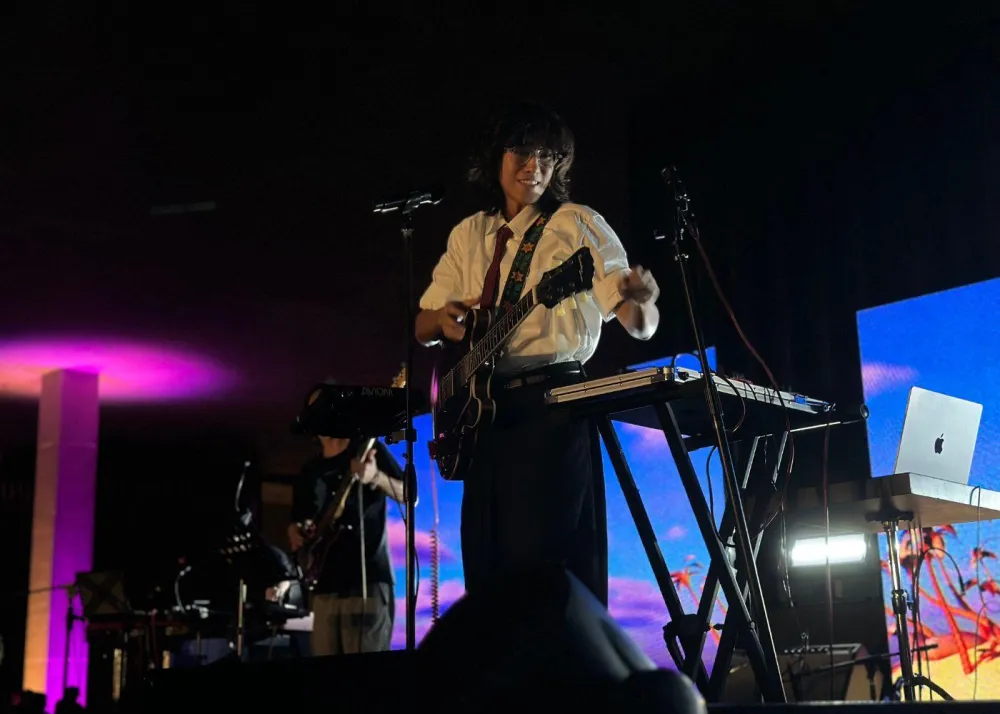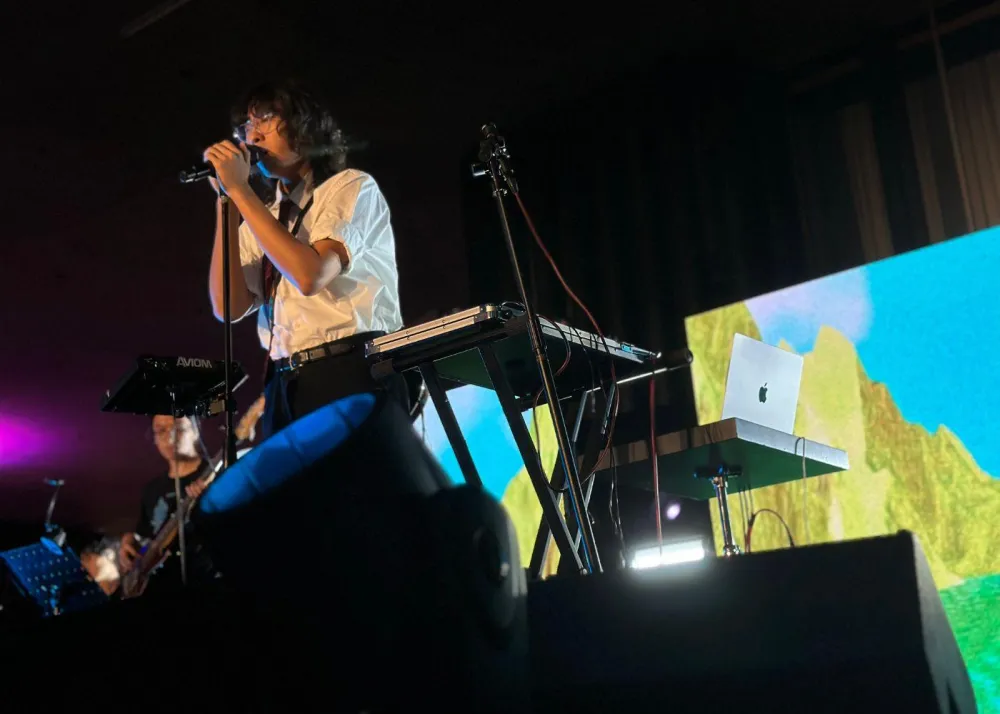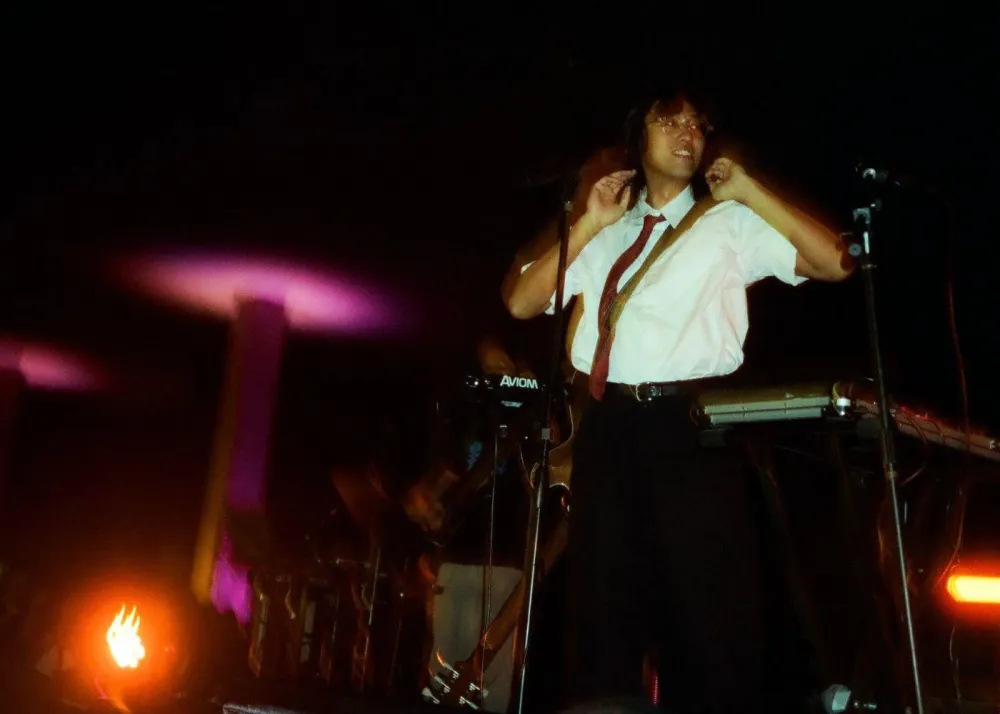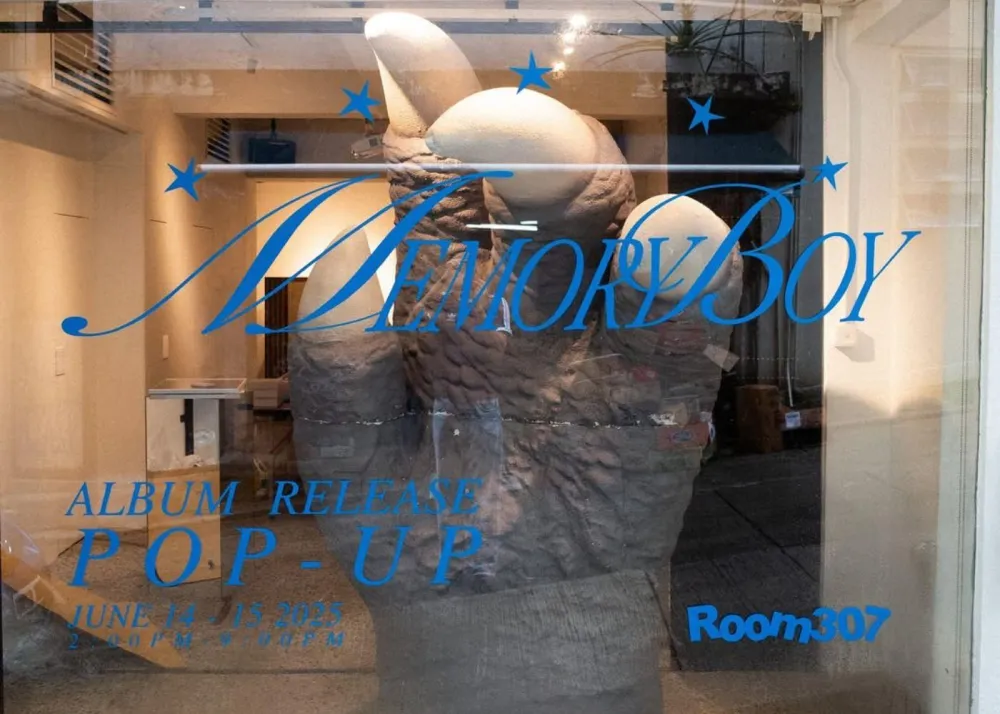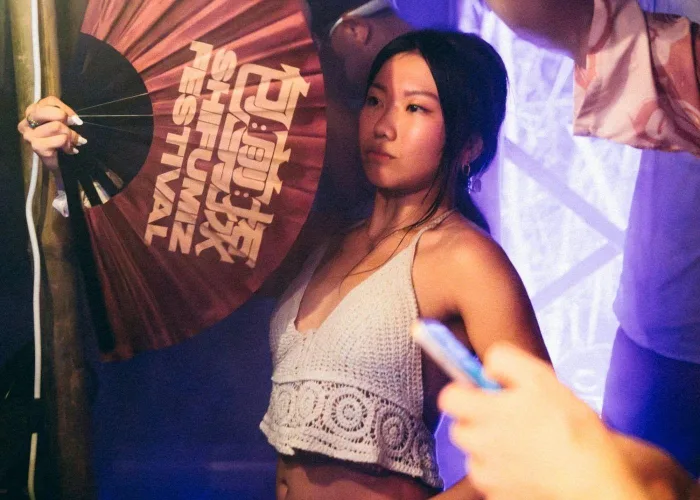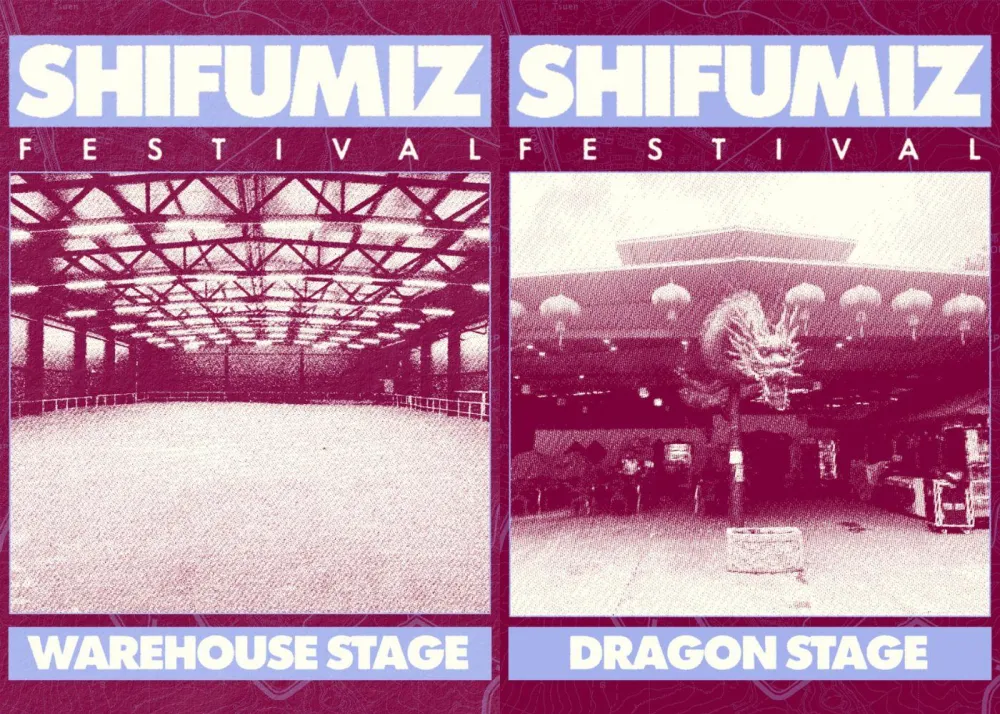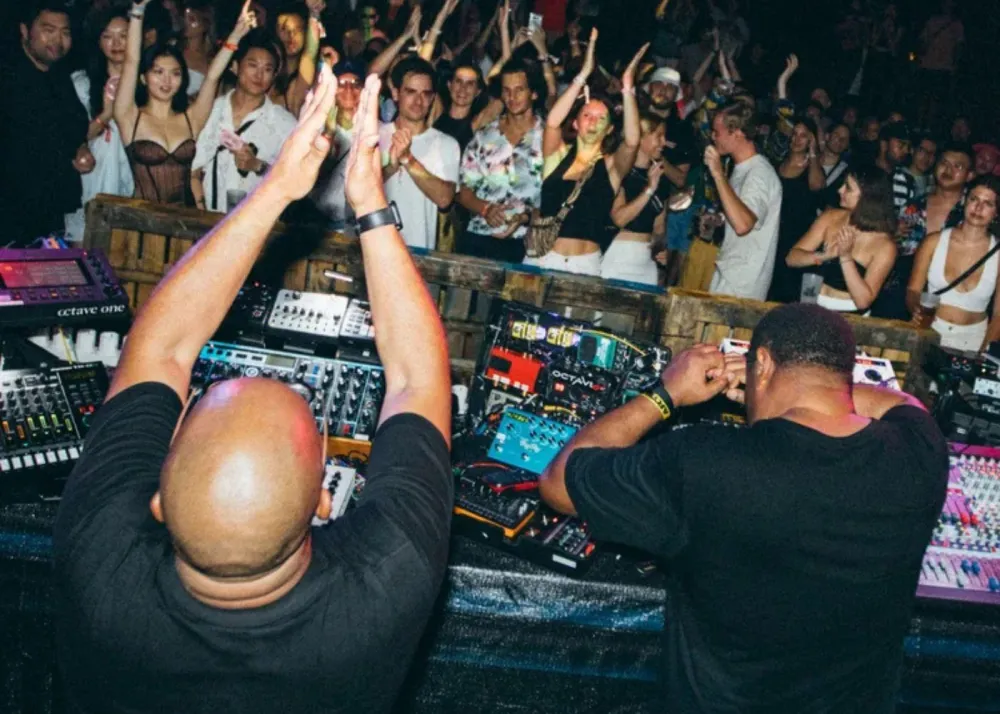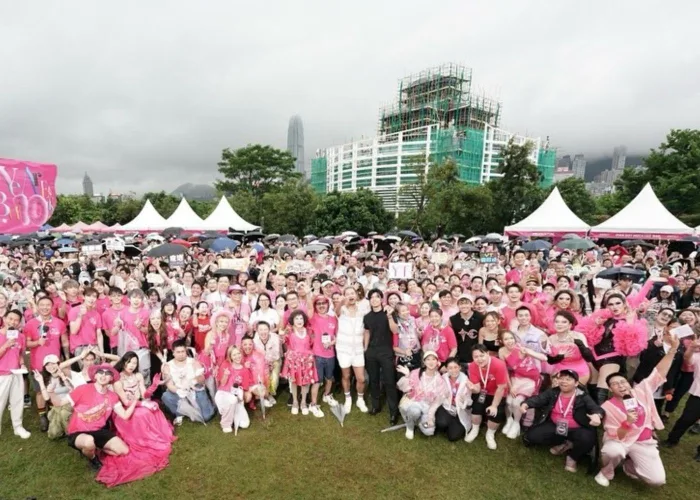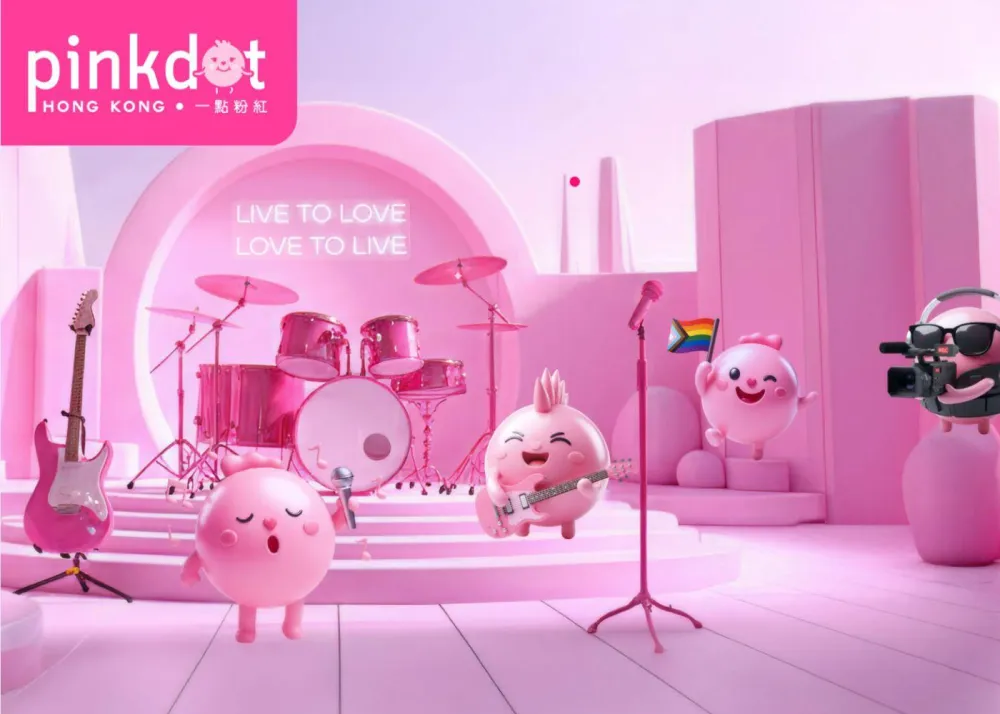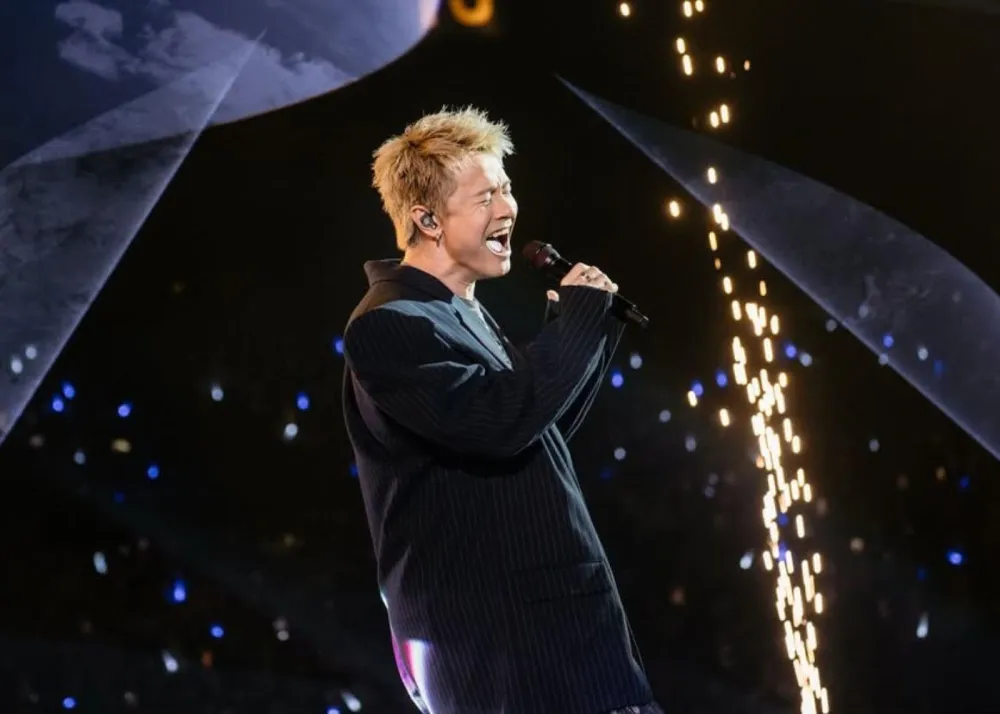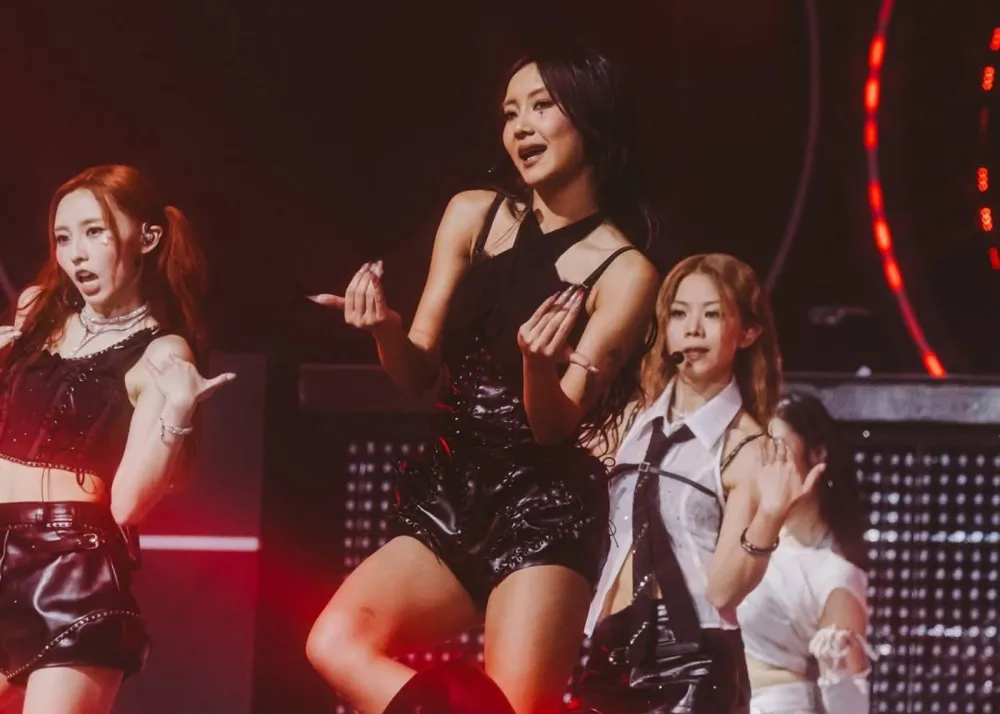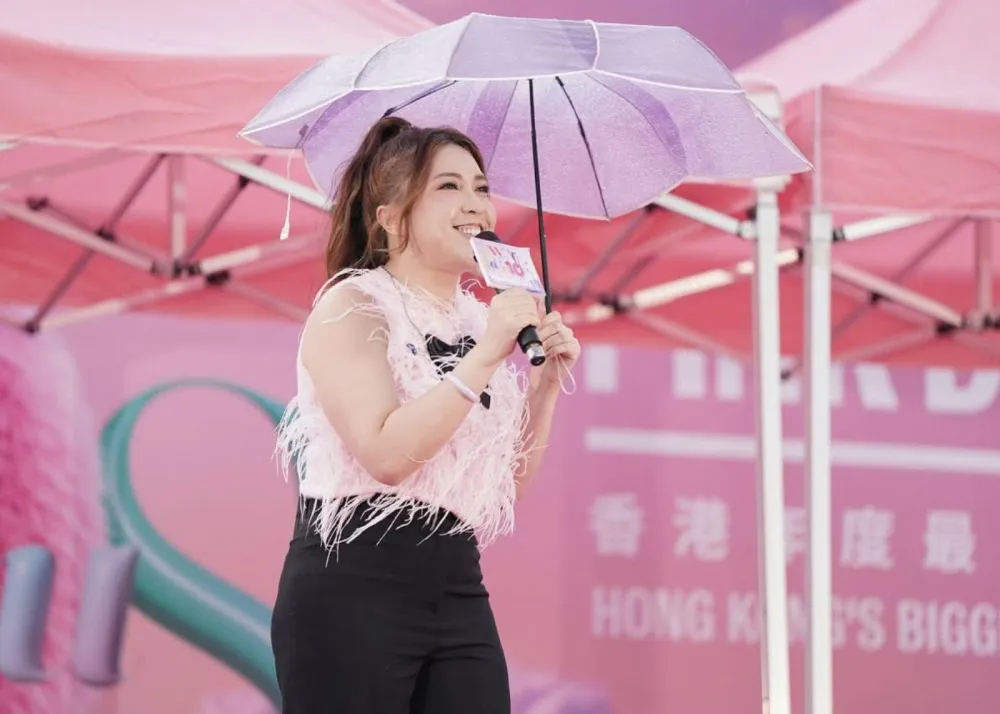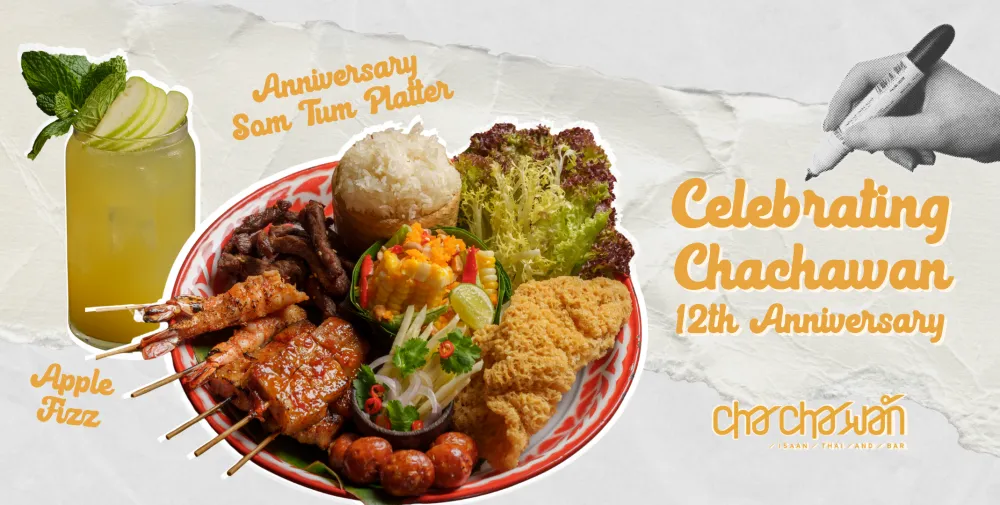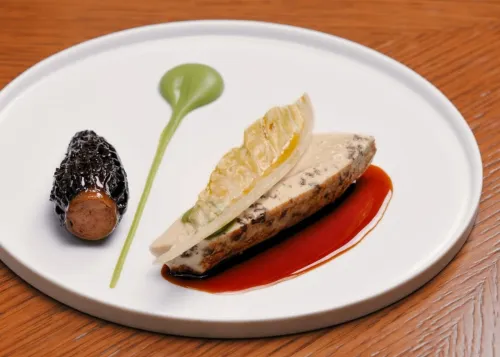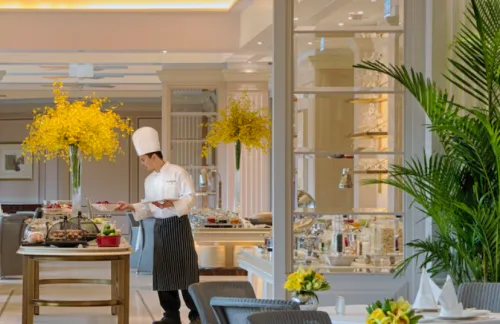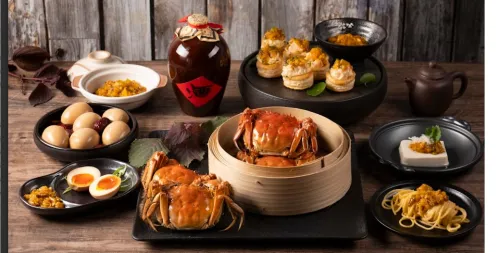Painting the Town: Jason Dembski's Colorful Vision for HKwalls 2025

An entire whale, depicted in vibrant pop-art blue and punchy pinks, adorns the walls outside PMQ, leaving a colorful legacy of HKwalls 2025. The festival, which ran alongside Art Central and Art Basel, proved that while museums have their place, some of the most powerful art belongs on the streets.
For nine days in March, Hong Kong’s Central and Western Districts morphed into a sprawling open-air gallery, alive with bold murals and cutting-edge digital art.
Marking its tenth edition, this year’s festival stationed its creative playground at PMQ, where interactive installations, workshops, and guided tours turned creativity into a city-wide affair.
At the helm of it all was Jason Dembski, an American designer, maker, and curator based in Hong Kong. With a background in architecture and a lifelong passion for graffiti, Jason co-founded HKwalls with a vision of turning the city’s walls into living canvases.
Over the years, he’s been a driving force behind the festival’s growth, overseeing everything from artistic production to curation alongside fellow founder Stan Wu and Managing Director Maria Wong.
The Beat Asia spoke to Jason about the highlights of the festival and why street art remains a vital form of self-expression in the city.
Who were you excited to feature at the HKWALLS Festival this year?

I was super excited to work with HOPARE, aka Alexandre Monteiro from France, who presented Indigo Memories, a large-scale fabric installation along the Staunton Street facade featuring four portraits of former PMQ residents and current long-term tenants adorned with various flowers — a favorite motif of HOPARE’s.
The featured portraits were a testament to the warm and neighborly legacy that PMQ has fostered through its open layout with generous public spaces for people to gather and socialize. A true creative genius whose portraits vibrate with an immense humanity, HOPARE was a natural choice to showcase this enduring and heartfelt sense of community.

Additionally, in the main courtyard of PMQ, where we had the exhibition and event space for the festival, self-taught Italian artist El Rughi — whose style is a fusion of graffiti, underground comics, psychedelic culture, and contemporary graphics — offered visitors of all ages the chance to play an 8-metre x 8-metre board game inspired by vintage Chinese Happy Chess.
What techniques were the artists included in HKwalls 2025 using?

We had many artists this year utilizing acrylic paint, brush, and spray cans, the more traditional means of production for murals and graffiti, to create work in the streets of Central and Sheung Wan. However, Spanish artist Isaac Cordal created his ‘cement eclipse’ through a process of sculpting, casting, and painting, resulting in these small figures inspired by isolation, our relationship with technology, and social issues, which he then placed high up on ledges around the city.

We also had 6 digital works being shown on large LED screens on the facades of Tsim Sha Tsui Centre and Empire Centre, as well as Kai Tak Sports Park Mall. These animations were created using various digital and computational software.
What could you tell us about the new exhibition initiative HKWALLS ROOMS?

HKWALLS ROOMS was a groundbreaking new initiative offering accessible exhibition space to ten independent artists and galleries, which celebrated HKwalls’ decade-long legacy as the city’s leading street art NGO, tirelessly transforming urban space into vibrant cultural platforms. Its objective was to create an immersive, accessible art experience that bridged street culture and contemporary art markets, while driving foot traffic, media attention, and collector engagement.
How did the murals link up with other galleries?

There was a lot of crossover between the HKWALLS ROOMS exhibitions and the murals because we specifically selected the featured independent artists and galleries who had connections to street art and graffiti. Czechia artist Toybox, for instance, painted a mural for HKwalls this year and was also exhibited with Chemistry Gallery.
We wanted to create opportunities for independent galleries and artists as well as emerging collectors to participate in Hong Kong’s Arts Month without the financial barriers of traditional art fairs.
I was curious to read about the Hip-Hop and Graffiti workshop – what is the link between these genres?
Hip-hop and graffiti have very connected cultures and histories, emerging around the same time, created by young people, and influencing the evolution of one another. This workshop gave participants a chance to learn about the history and the basics of scratching and lettering.
Could you describe the technique of Lightwaves Digital Art – was this a way of creating street art in a more temporary way?
All street art is temporary. Lightwaves was less about duration and more about taking advantage of the changing visual landscape in Hong Kong. Digital screens will only become more ubiquitous in Hong Kong, and Lightwaves was a way to highlight that digital screens can be used as a means of expression, not simply advertising.
Do you think the architecture and street layout in Hong Kong lends itself to street art?

Hong Kong is characterized by its dense, evolving, urban landscape, featuring a mix of historic and modern buildings, alleyways, and public spaces that serve as canvases for murals and installations. The density and architecture of the city are unparalleled, resulting in smaller, less conventional wall space than many festivals enjoy.
However, we encouraged artists to embrace it and create site-specific work that could become part of the fabric of the city.
What role does street art have in transforming and developing the urban landscape?

Street art plays a significant role in transforming and developing the urban landscape by enhancing the aesthetic appeal of spaces, fostering community identity, and encouraging public engagement. Our aim was to utilize street art as a tool for cultural expression and social commentary, turning underutilized areas into vibrant art hubs.
This transformation not only beautifies the environment but also generates a sense of belonging among residents and creates a dialogue around issues that matter to the community. Additionally, street art can also attract tourism and amplify Hong Kong's status as a contemporary art destination.
How did HKwalls support the development of local artists?

Our Youth Mentorship Program paired emerging artists with established professionals, providing guidance on creating large-scale murals and facilitating personal and artistic growth. This program specifically benefitted street artists by allowing them to learn and refine their skills in a real-world context, under the mentorship of veterans in the field.
How has the community’s perception of street art changed?

I’m not sure the perception has changed so much as awareness has grown. When you talk to people now, most can tell you a piece of street art that they like, and some that they don't. 10 years ago, some people wouldn’t even understand the question.
Does social media have a role to play in that?
100%. Social media is as much a tool for artists as the paint brush or spray can. Work that may only last a year in the street, lives online forever.
This marked your 10th year running the HKWALLS Festival! HKWALLS is going from strength to strength – any plans for the future?
We will continue to do things that excite us while providing opportunities for artists. For specifics, you’ll just have to wait and see!
Location: G/F Courtyard, PMQ, 35 Aberdeen St. Central
For more information on Jason and the festival, visit HKwalls on their website, or Instagram and Facebook.
Get the latest curated content with The Beat Asia's newsletters. Sign up now for a weekly dose of the best stories, events, and deals delivered straight to your inbox. Don't miss out! Click here to subscribe.


